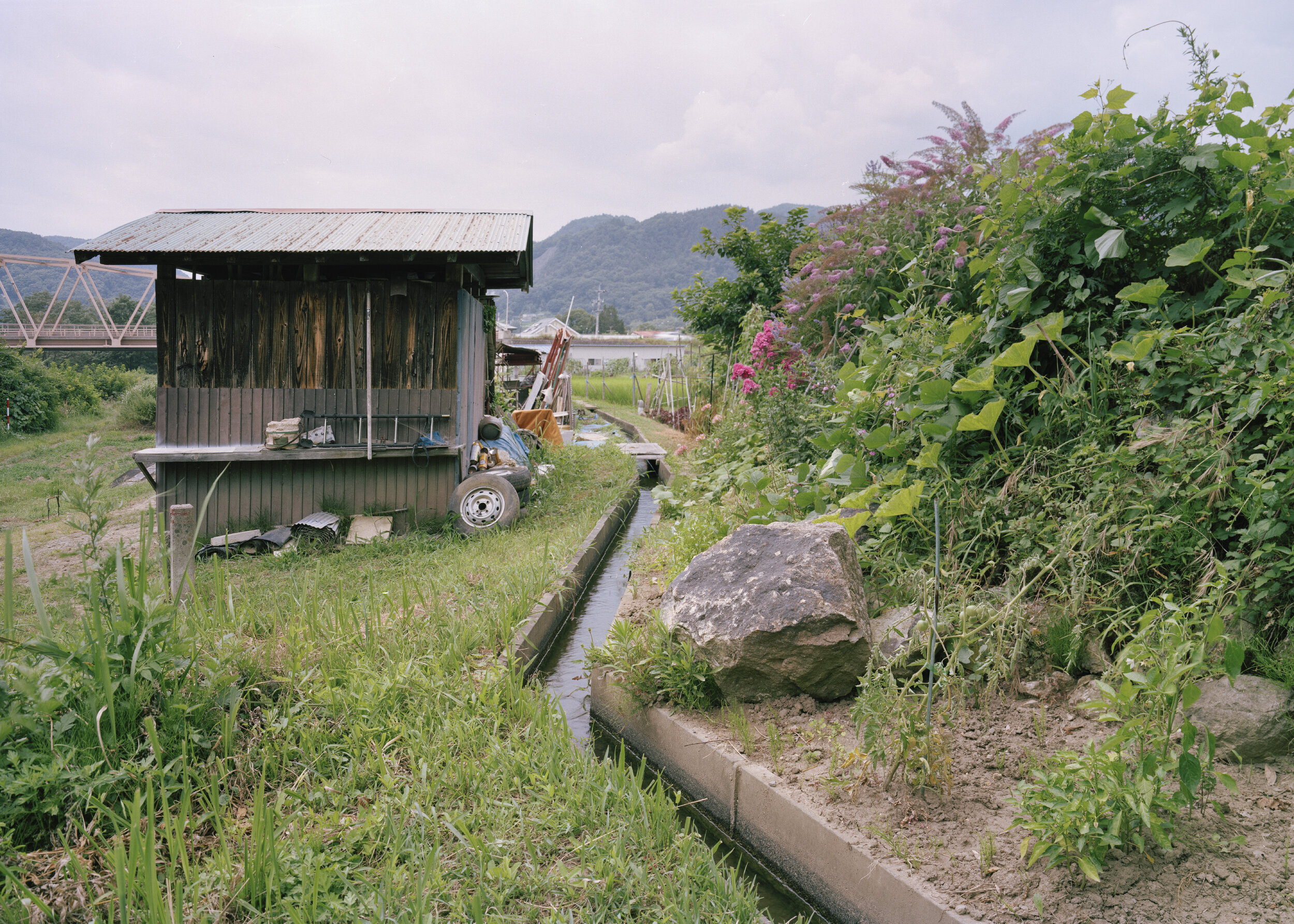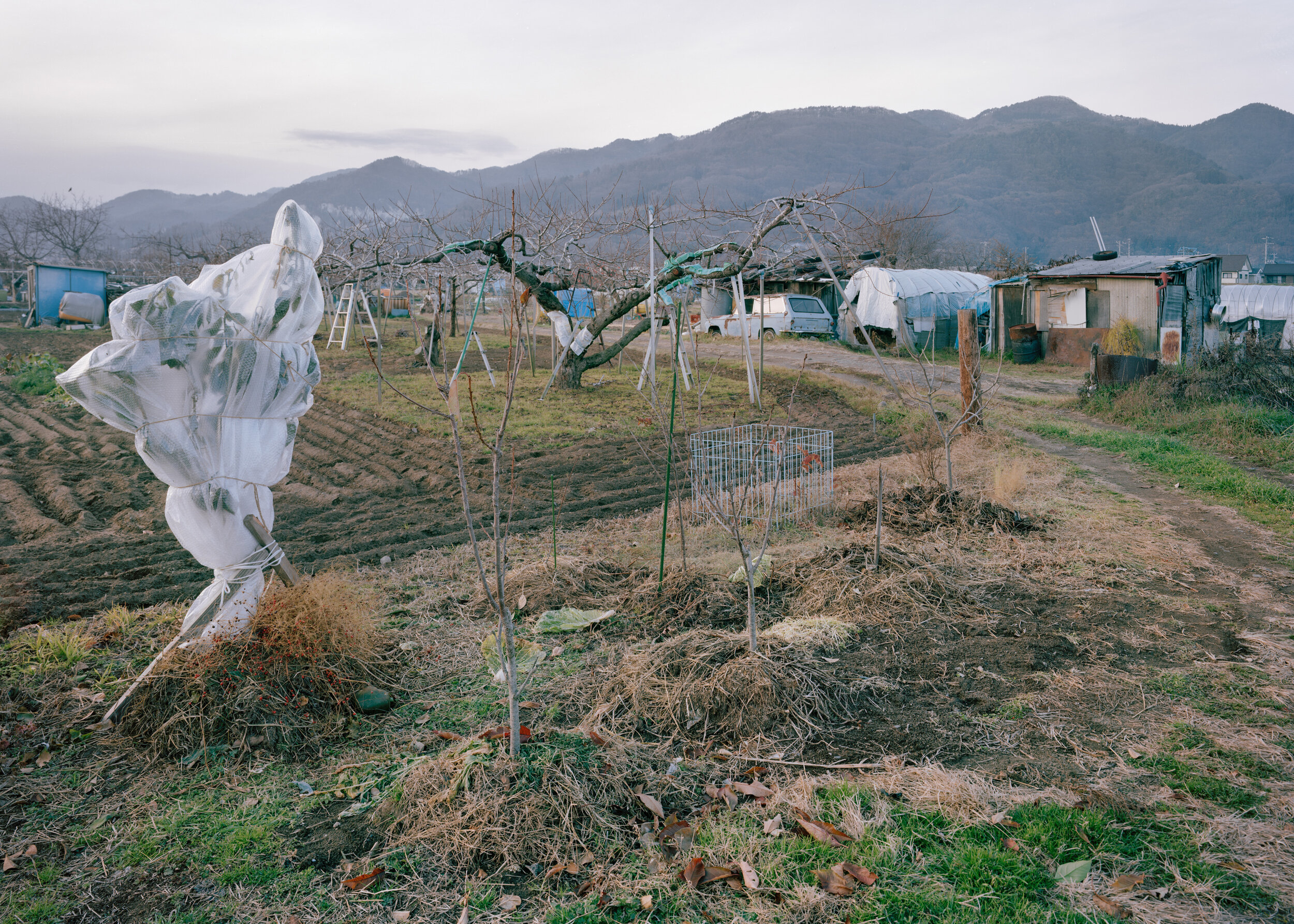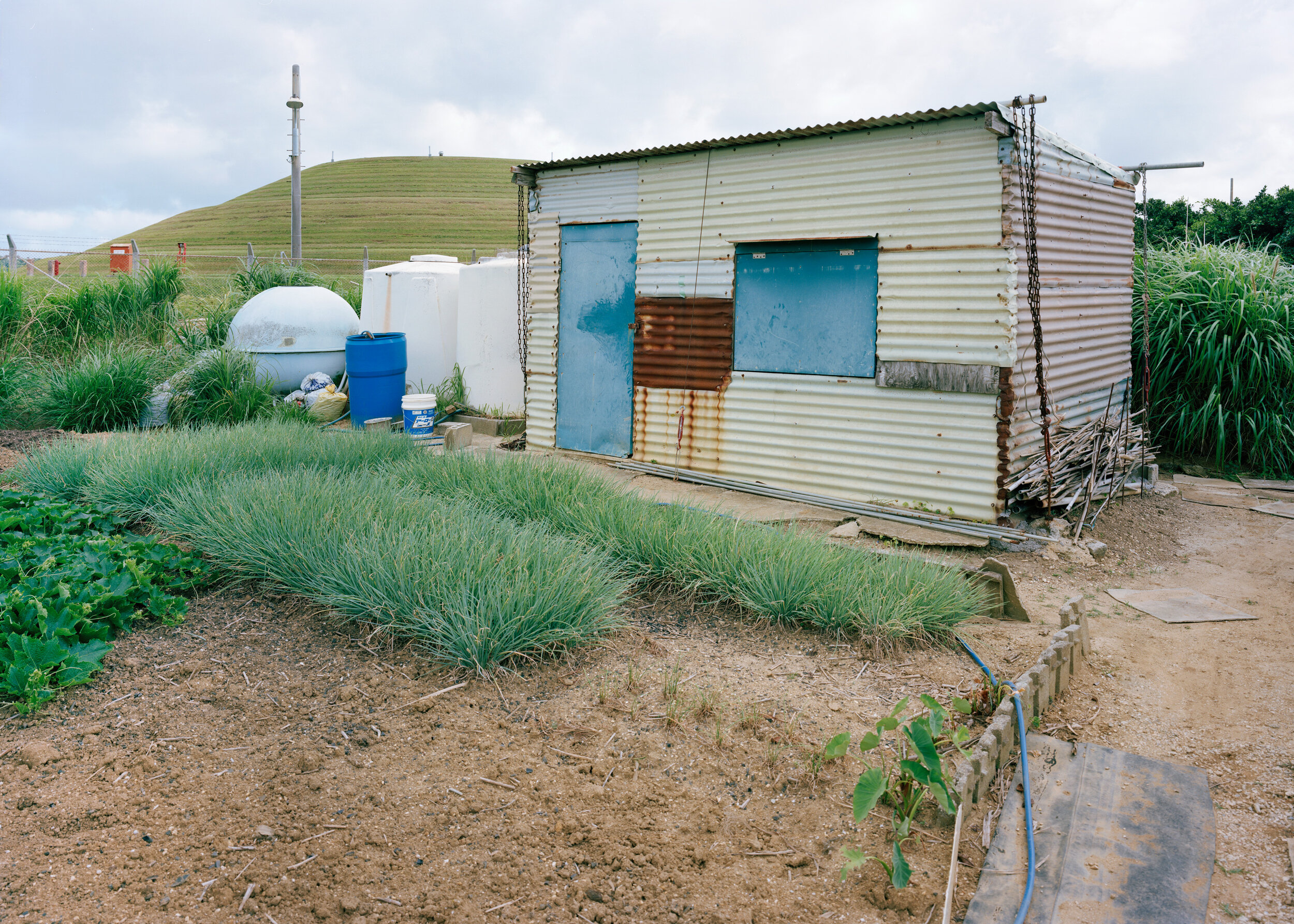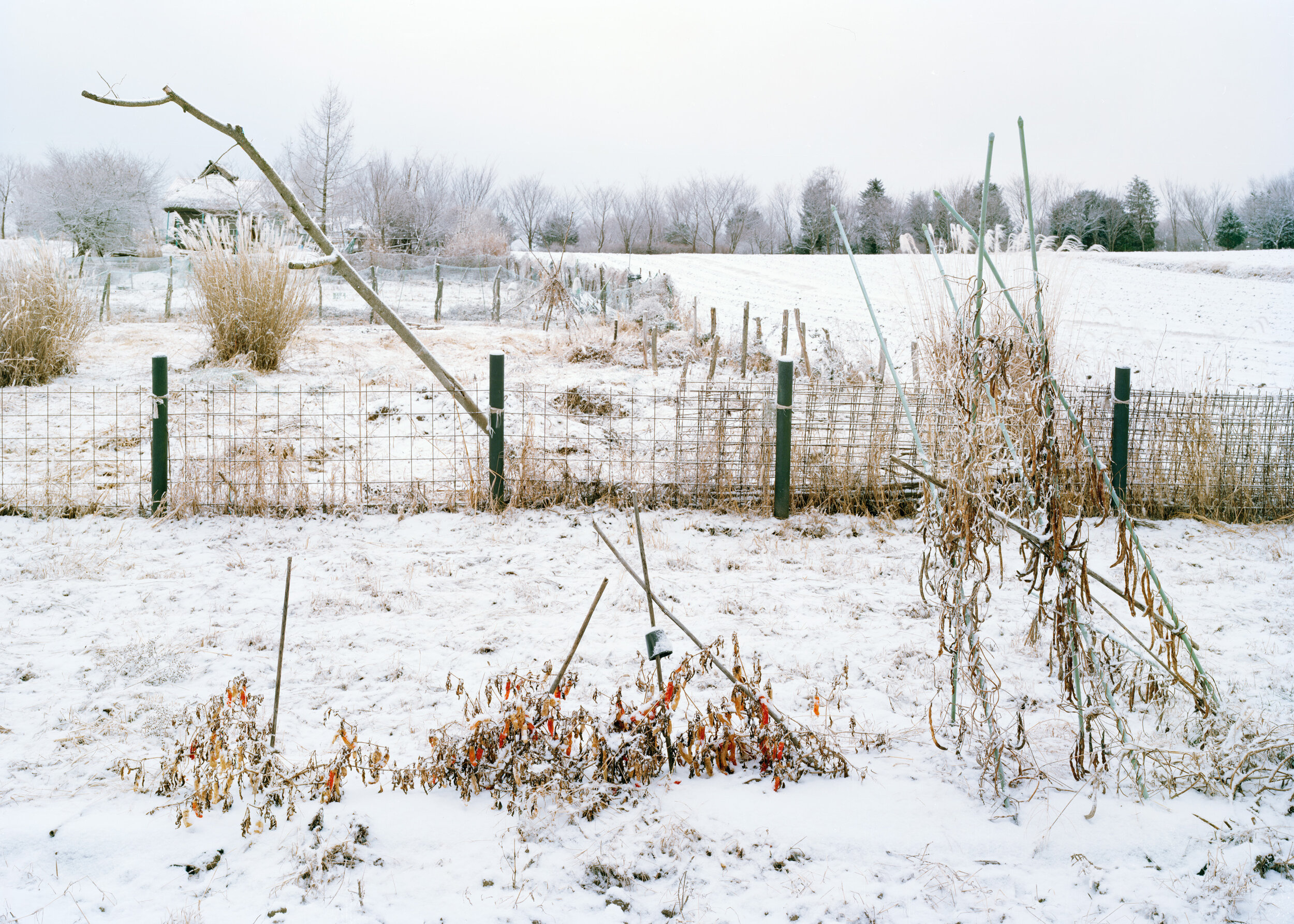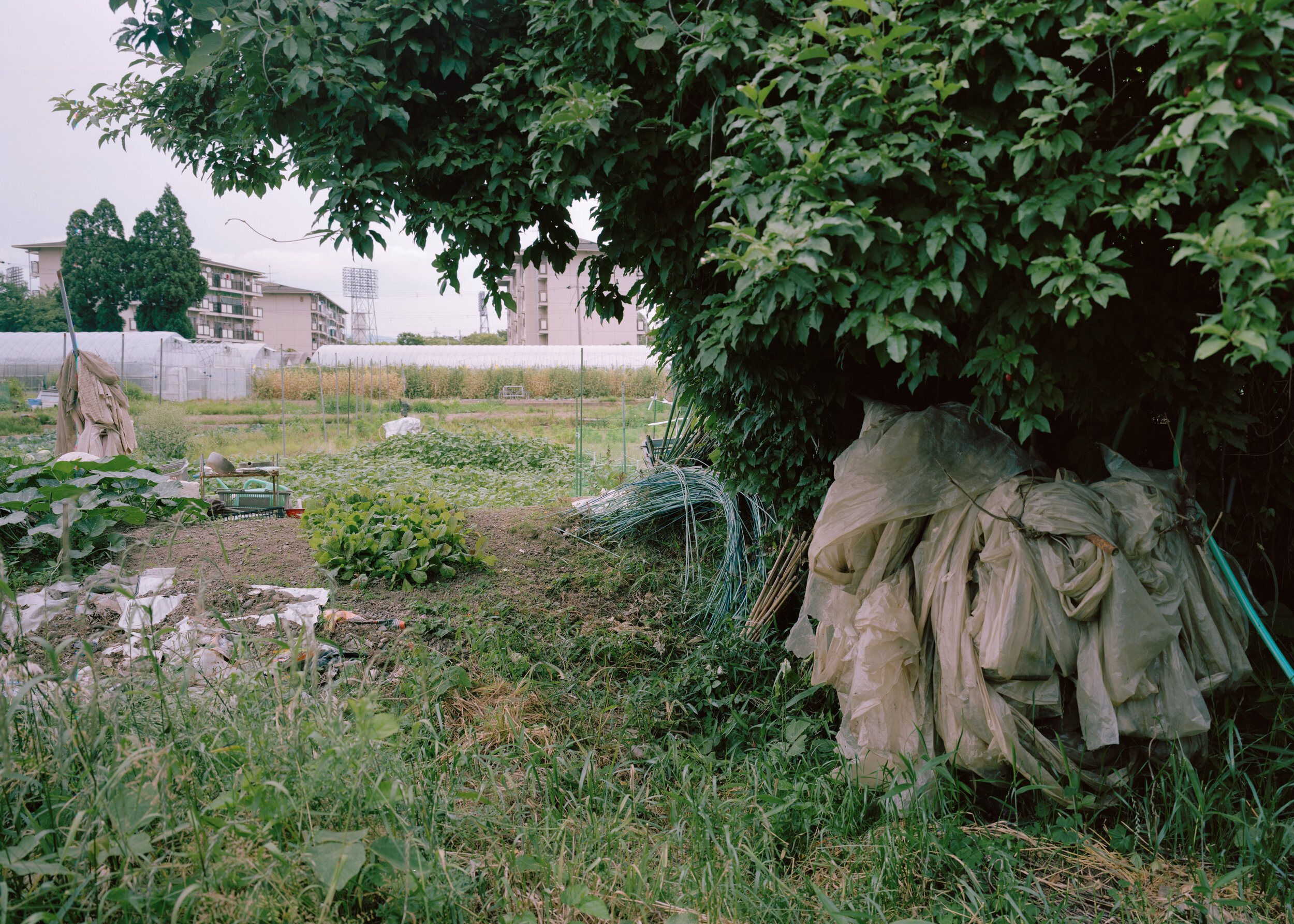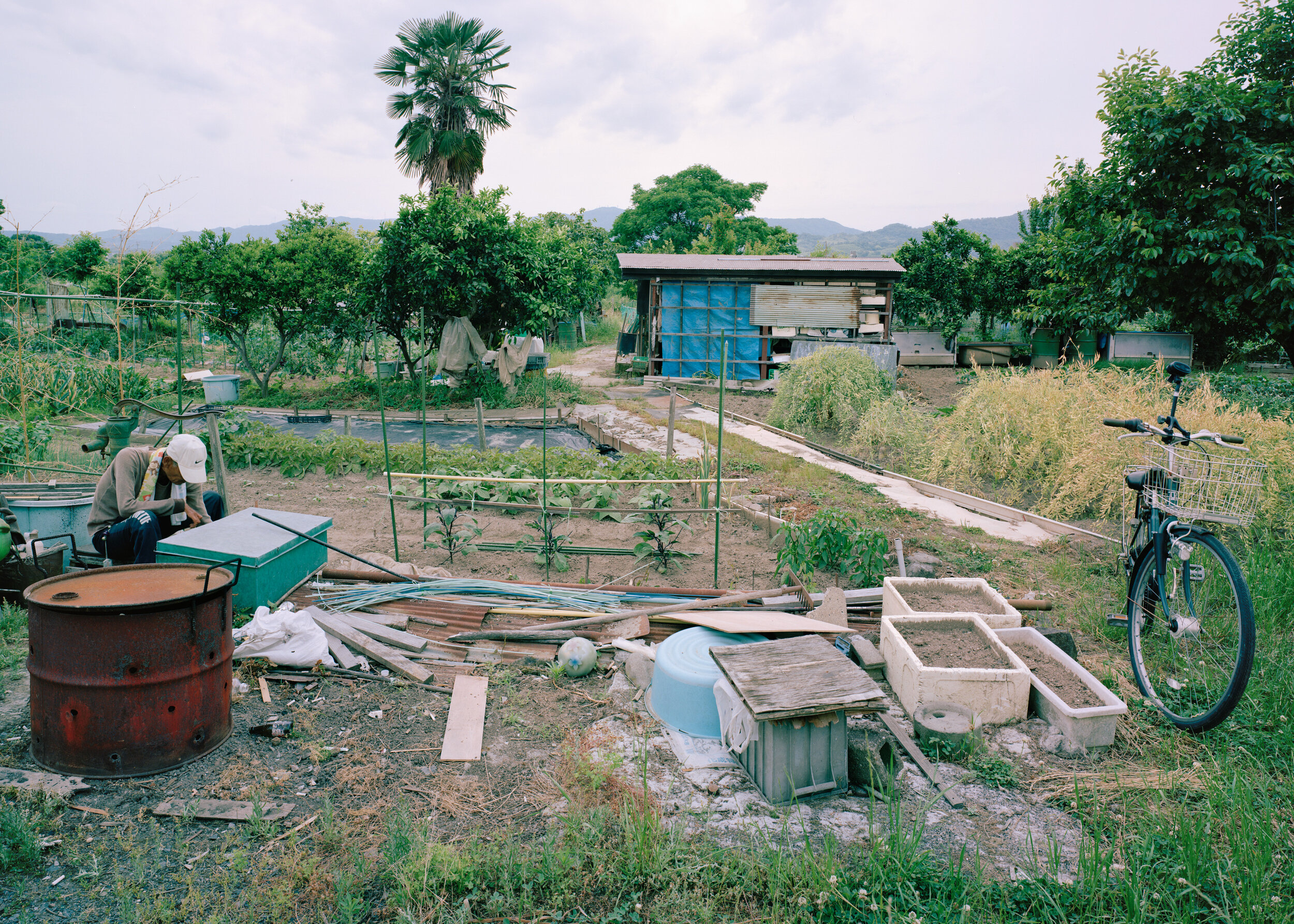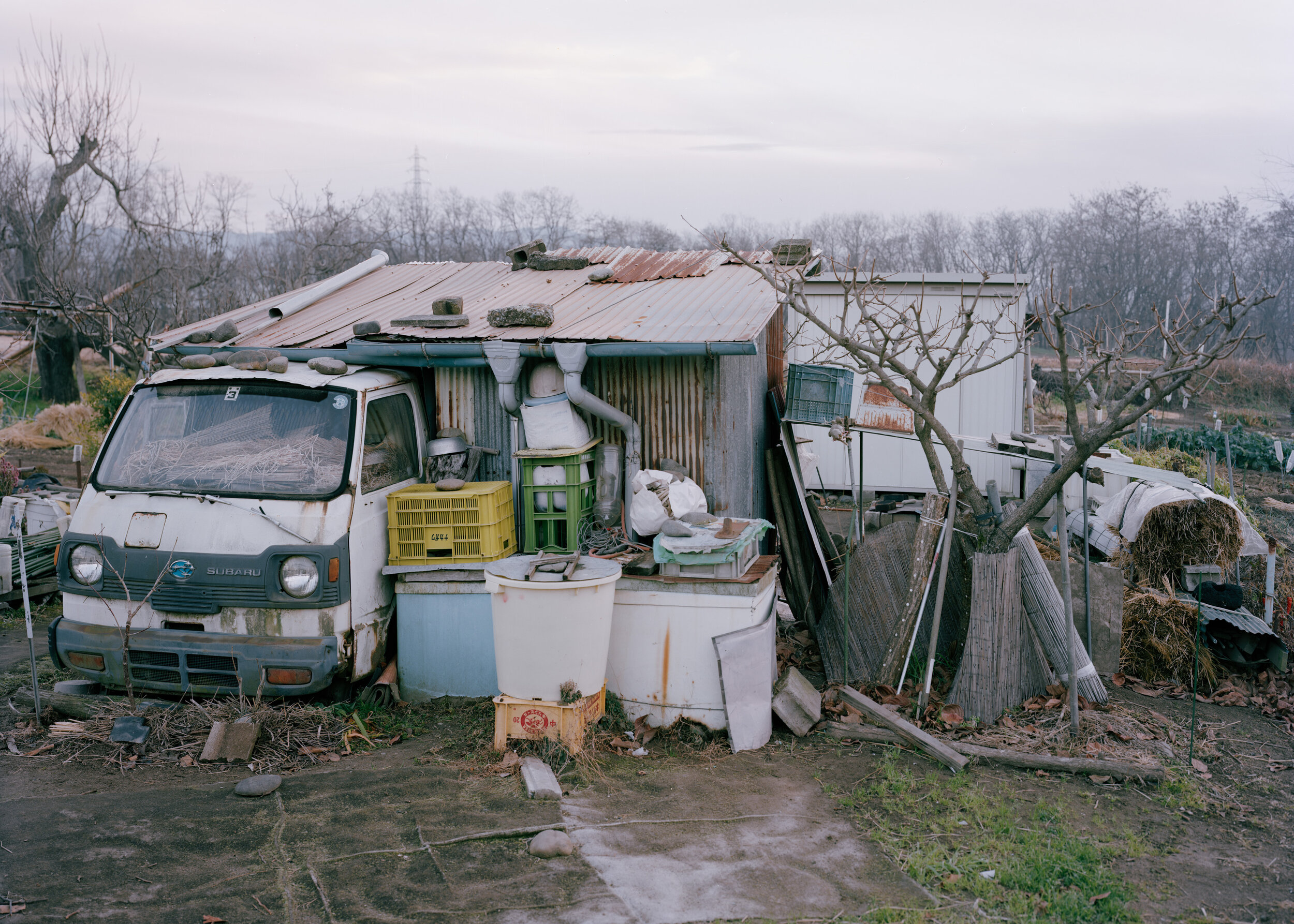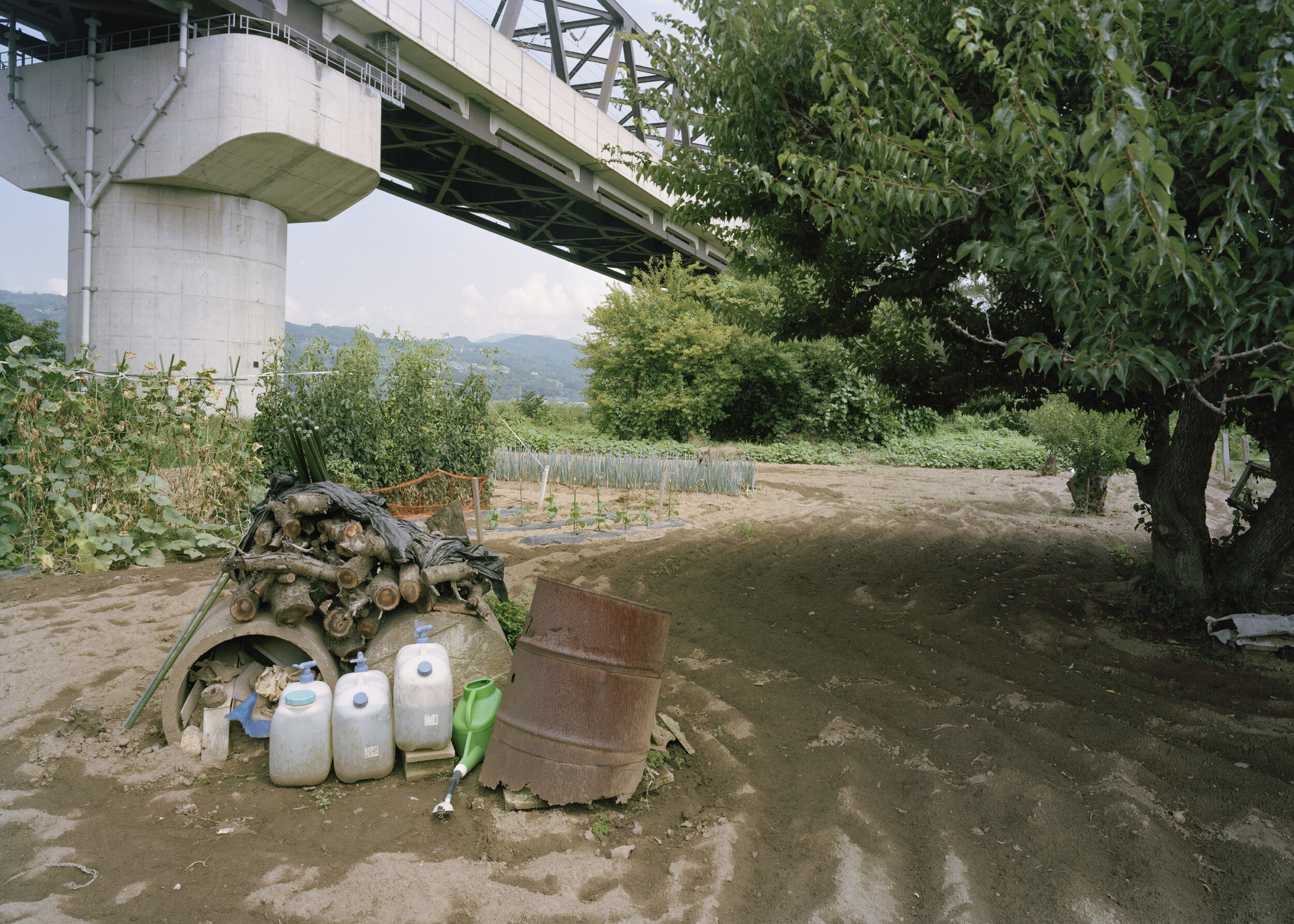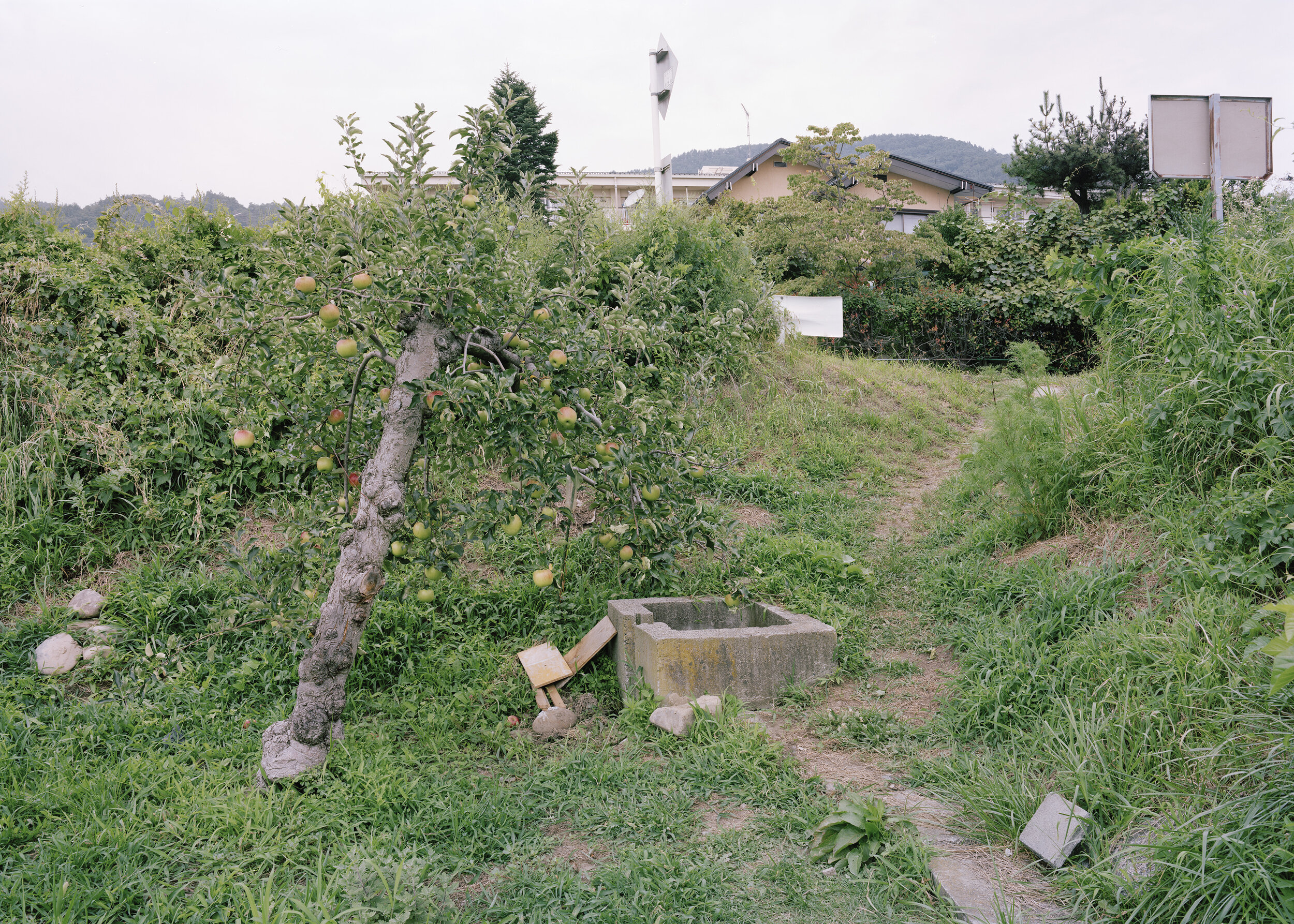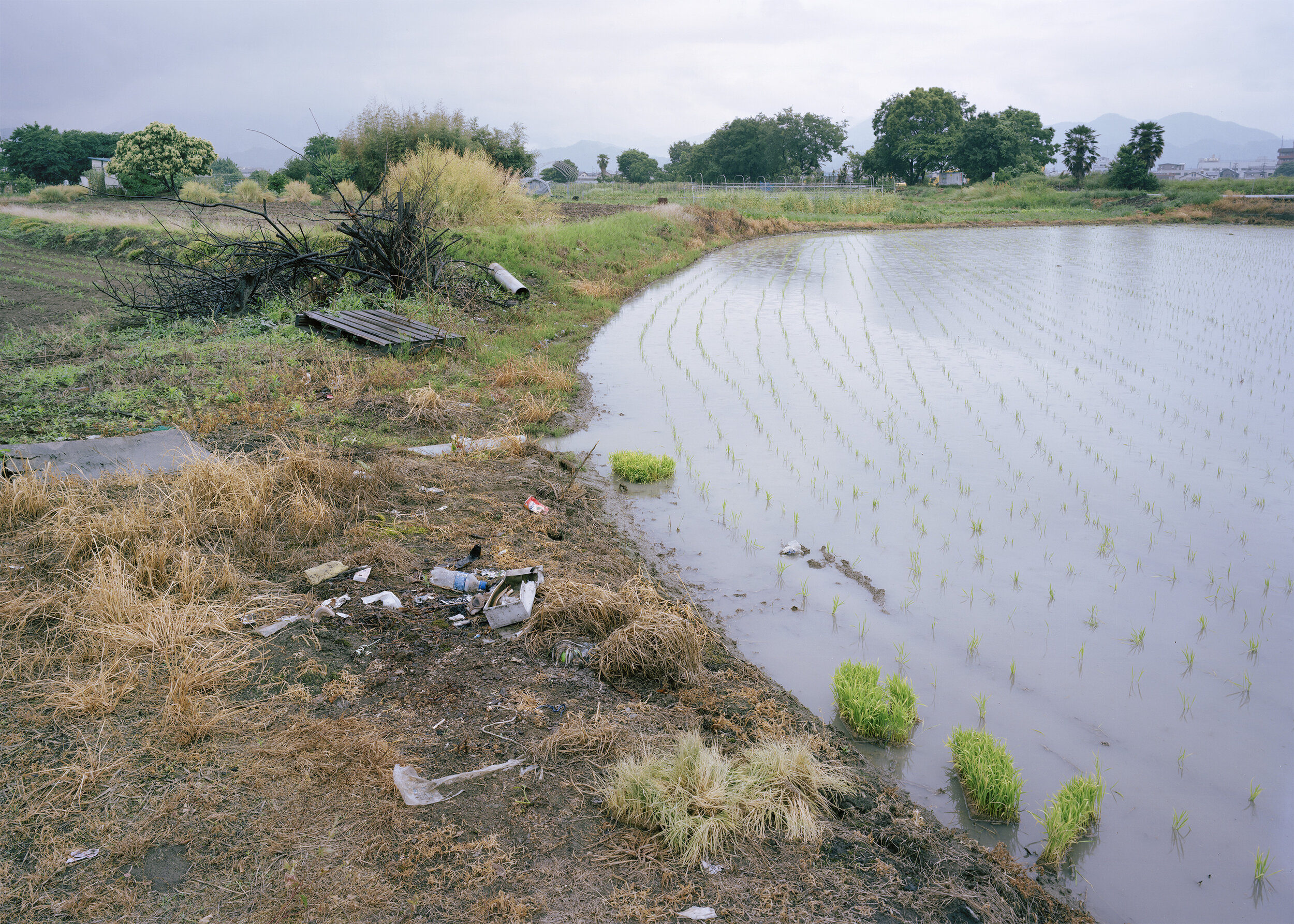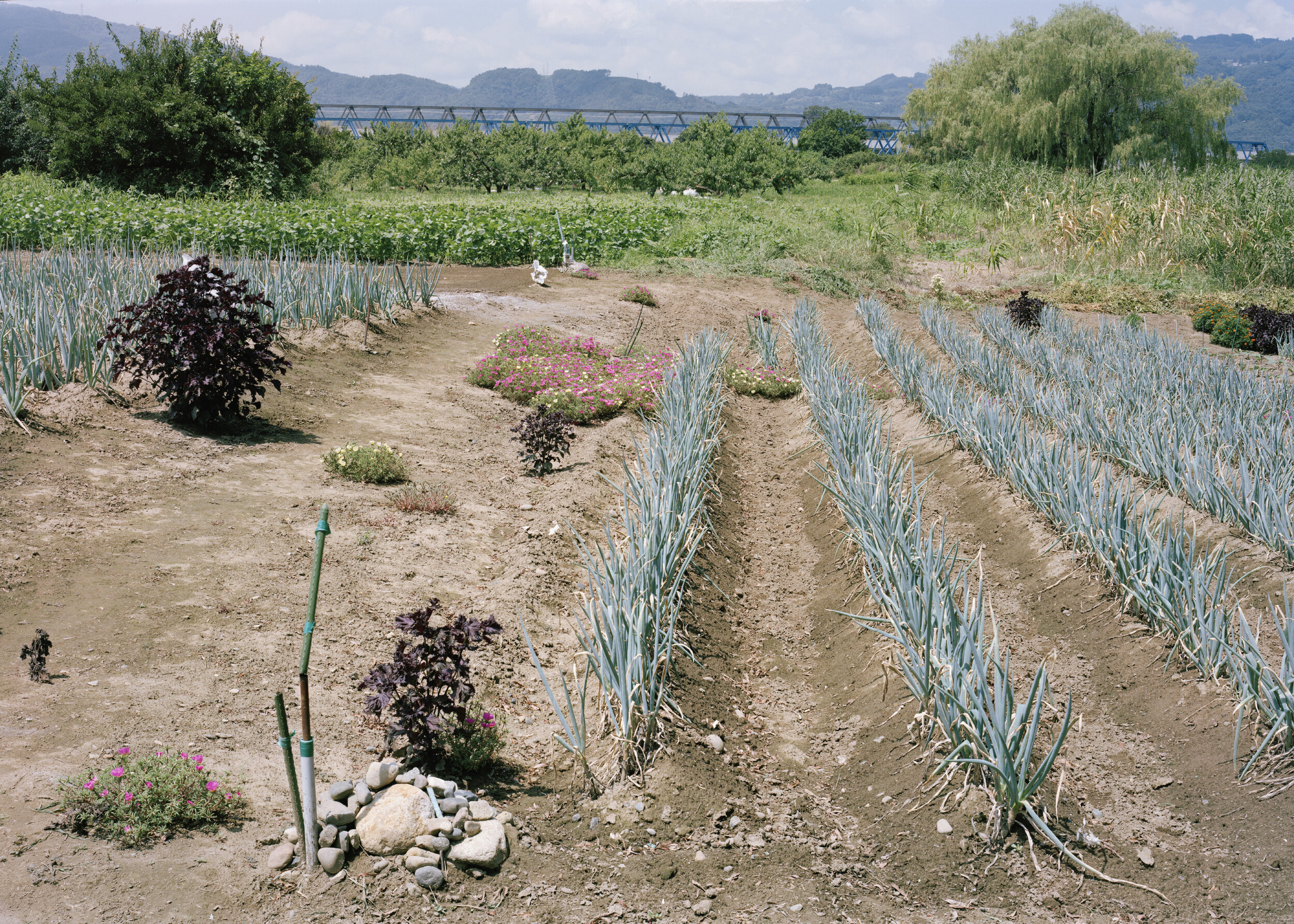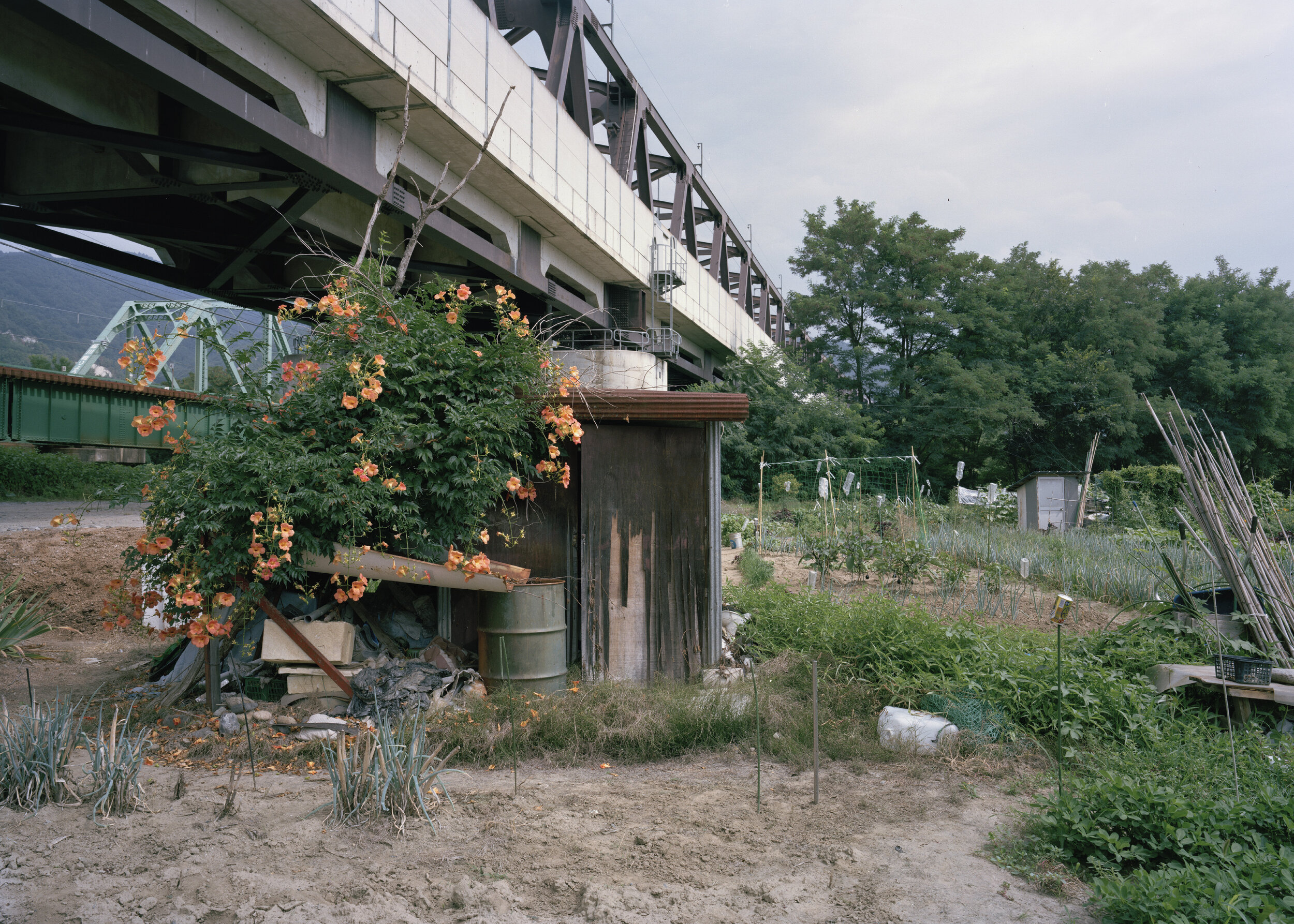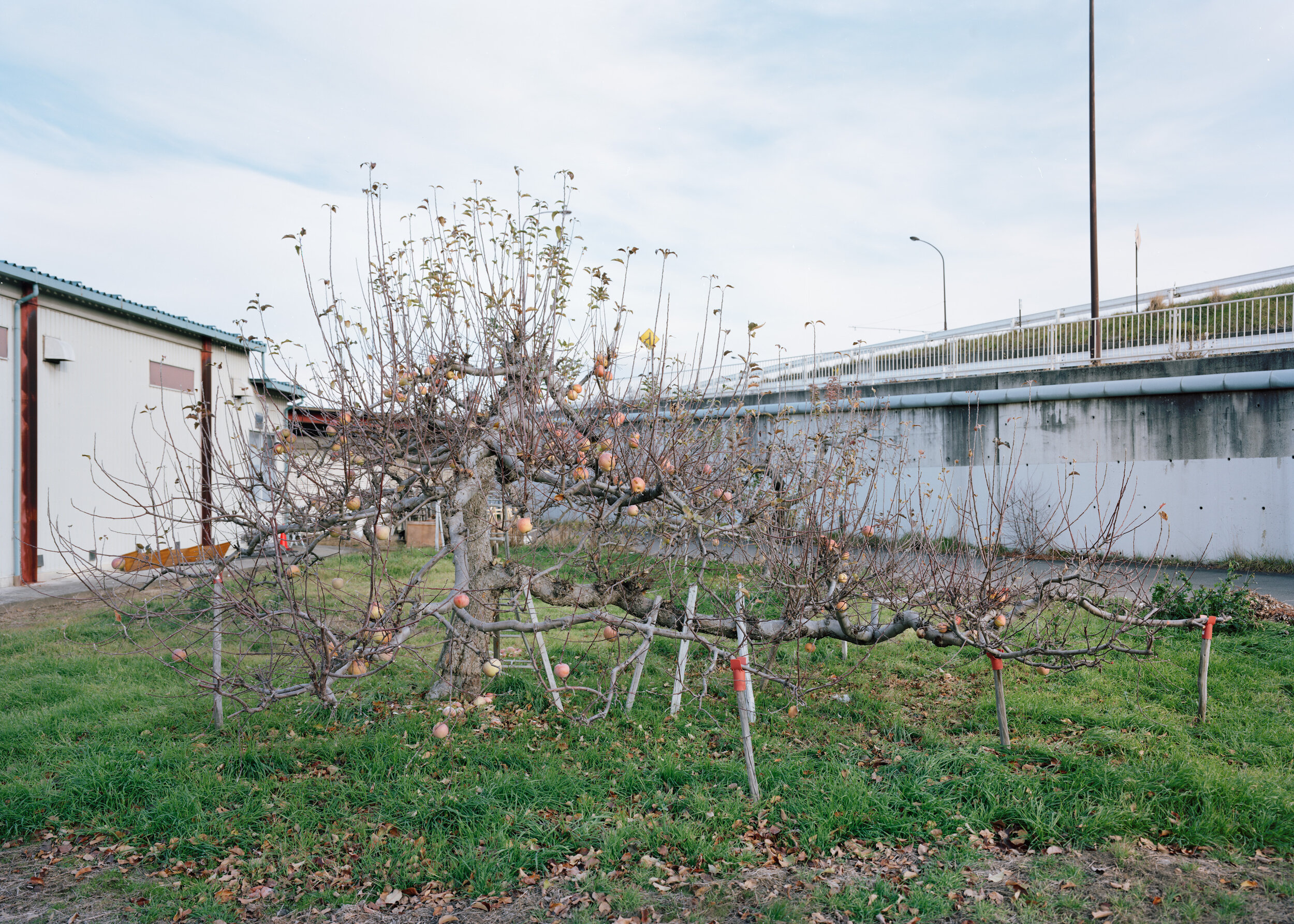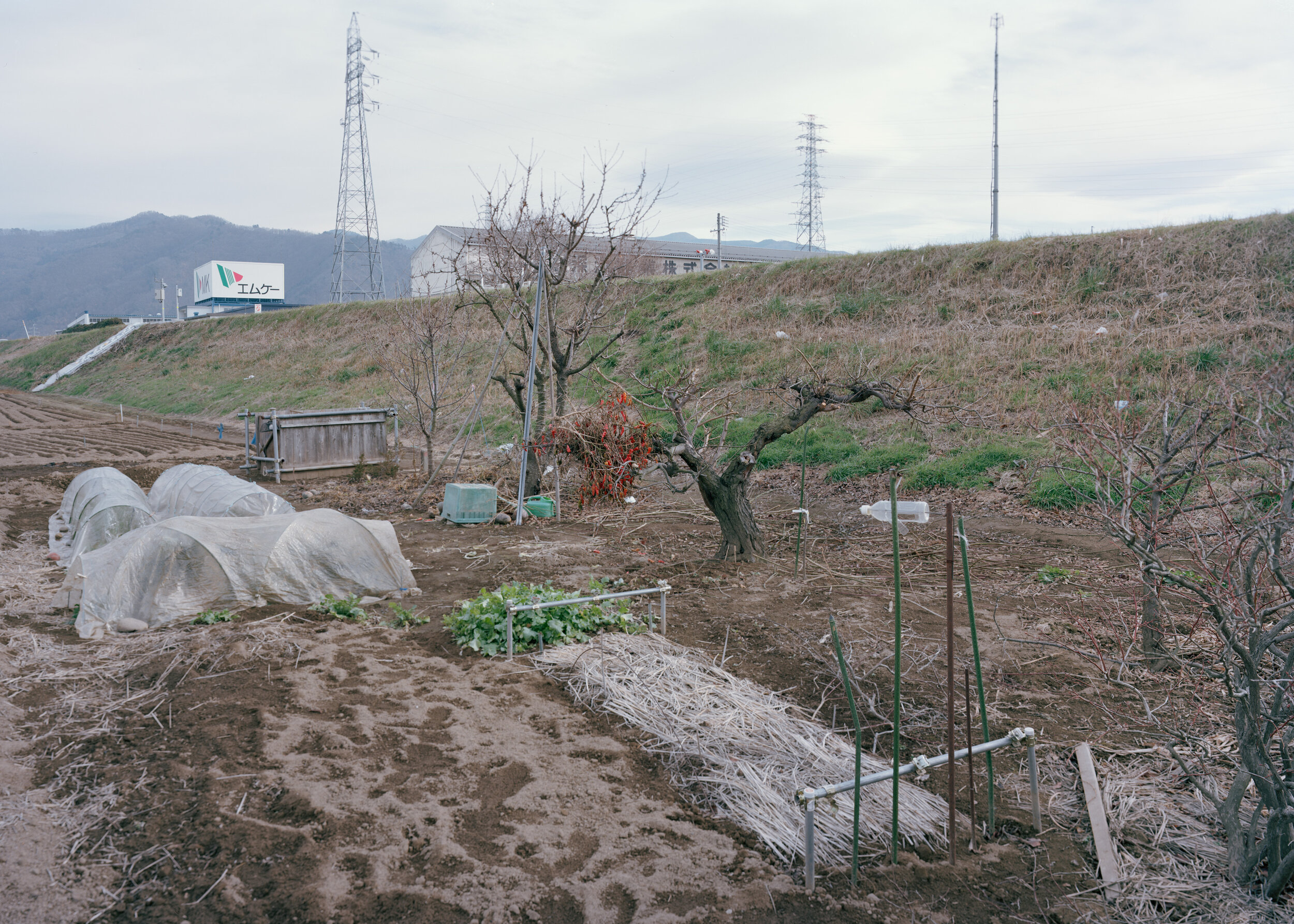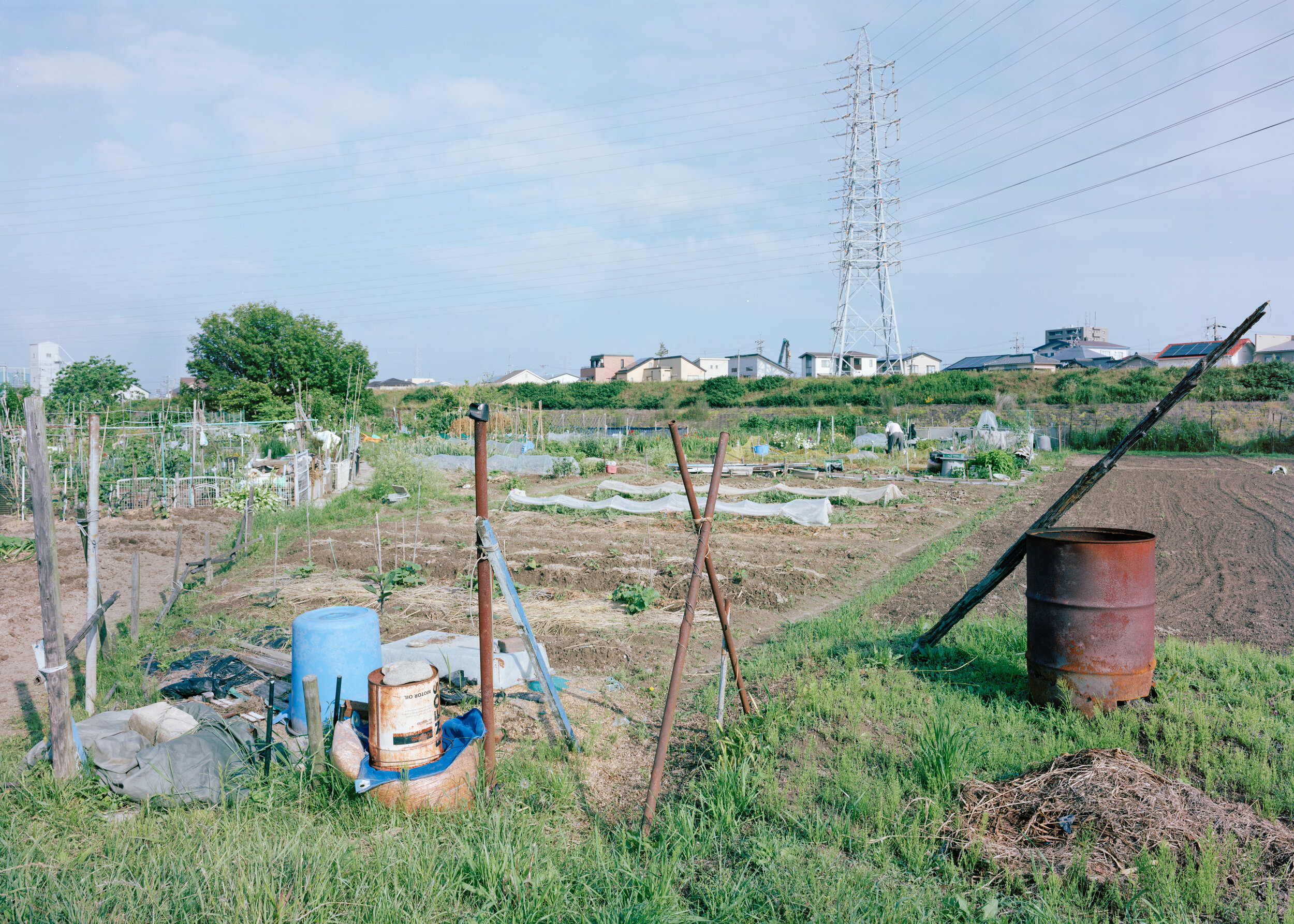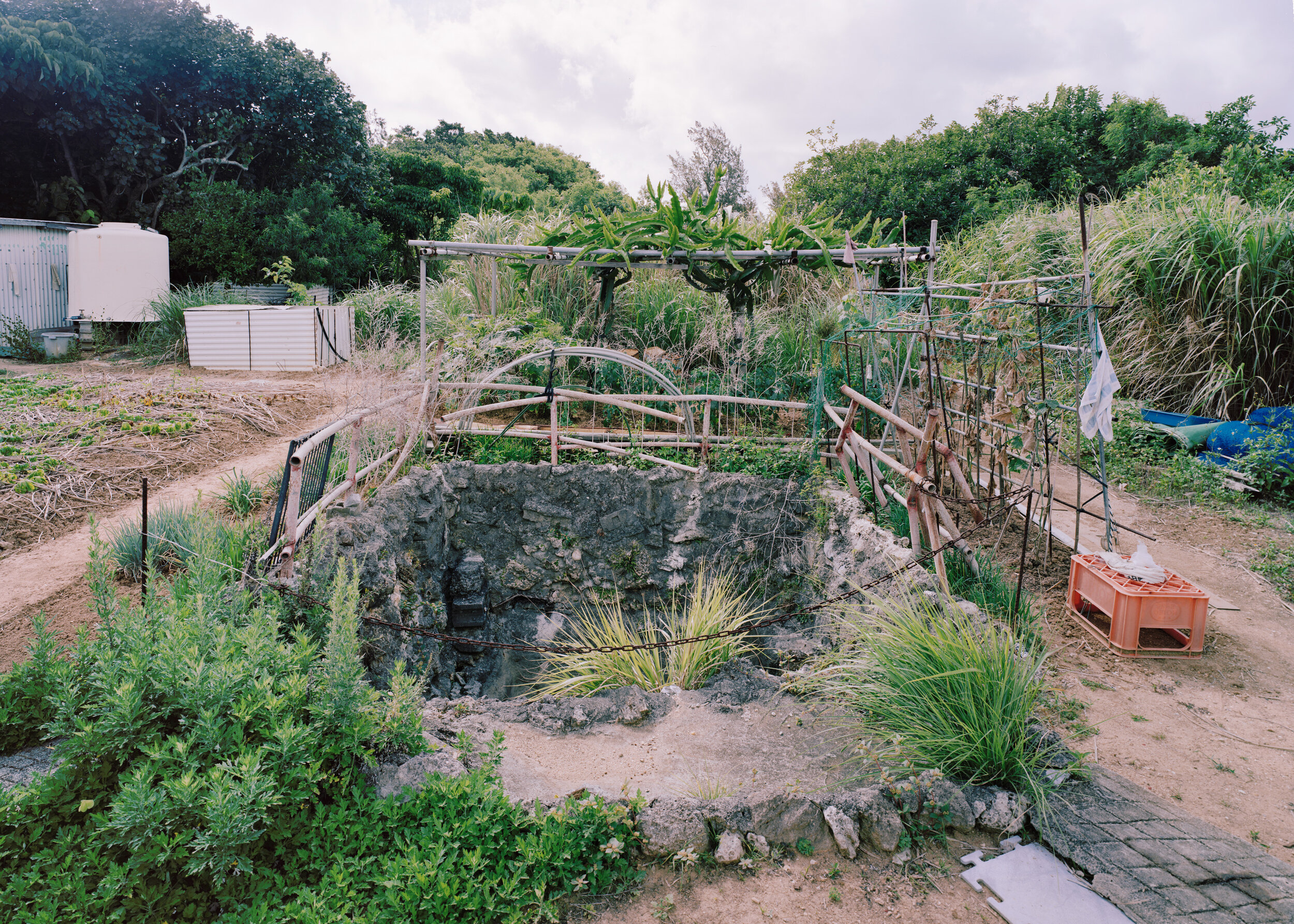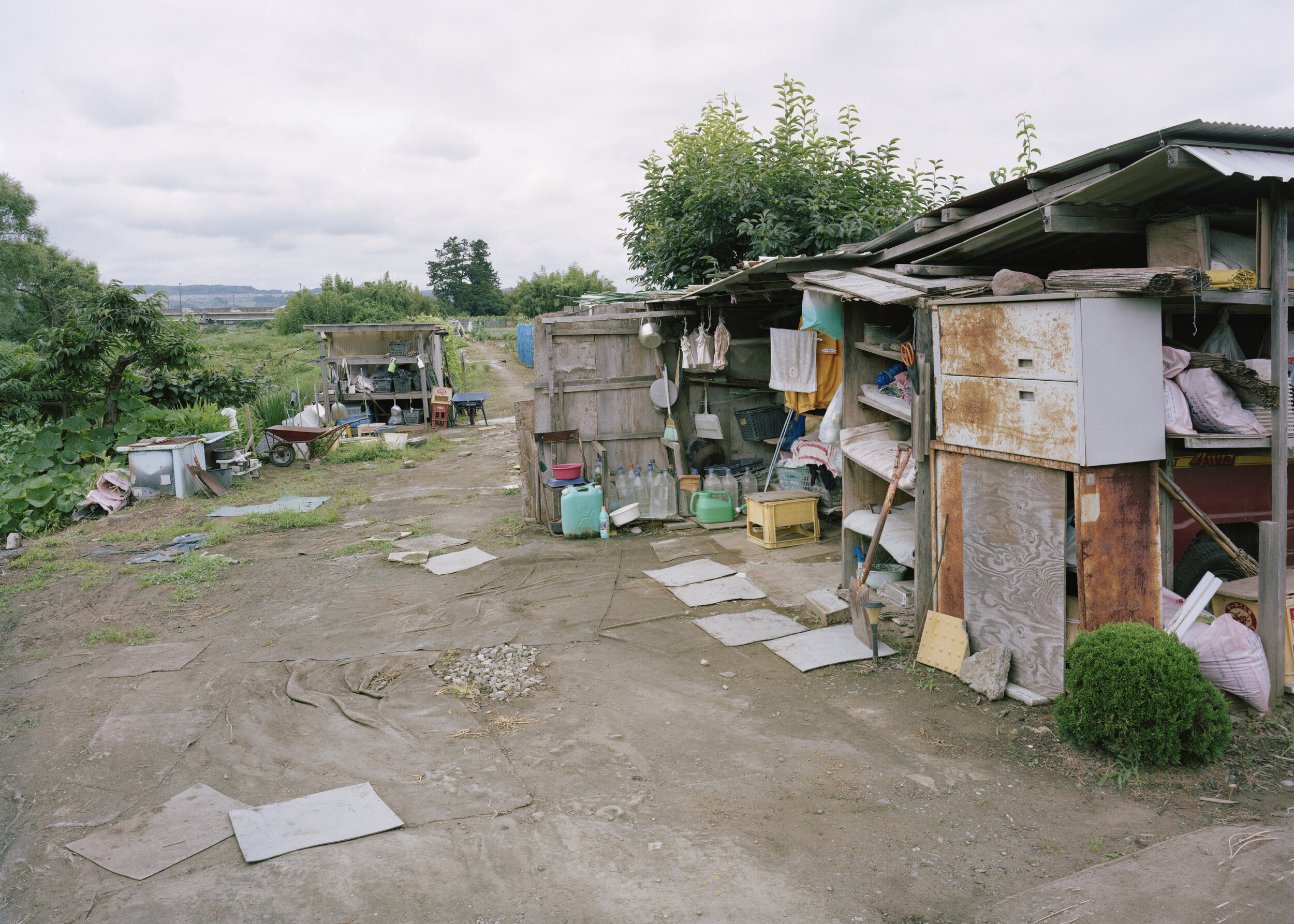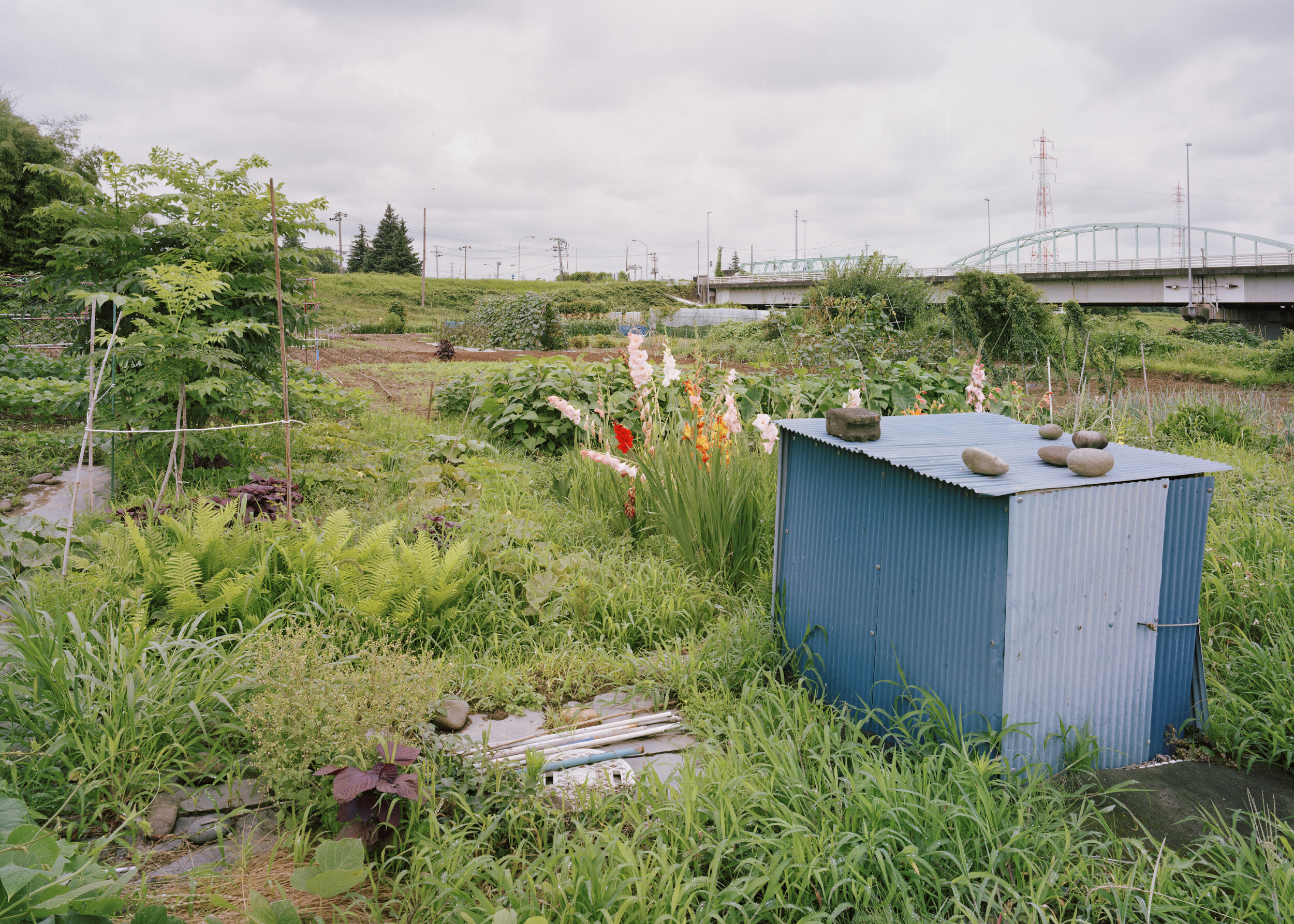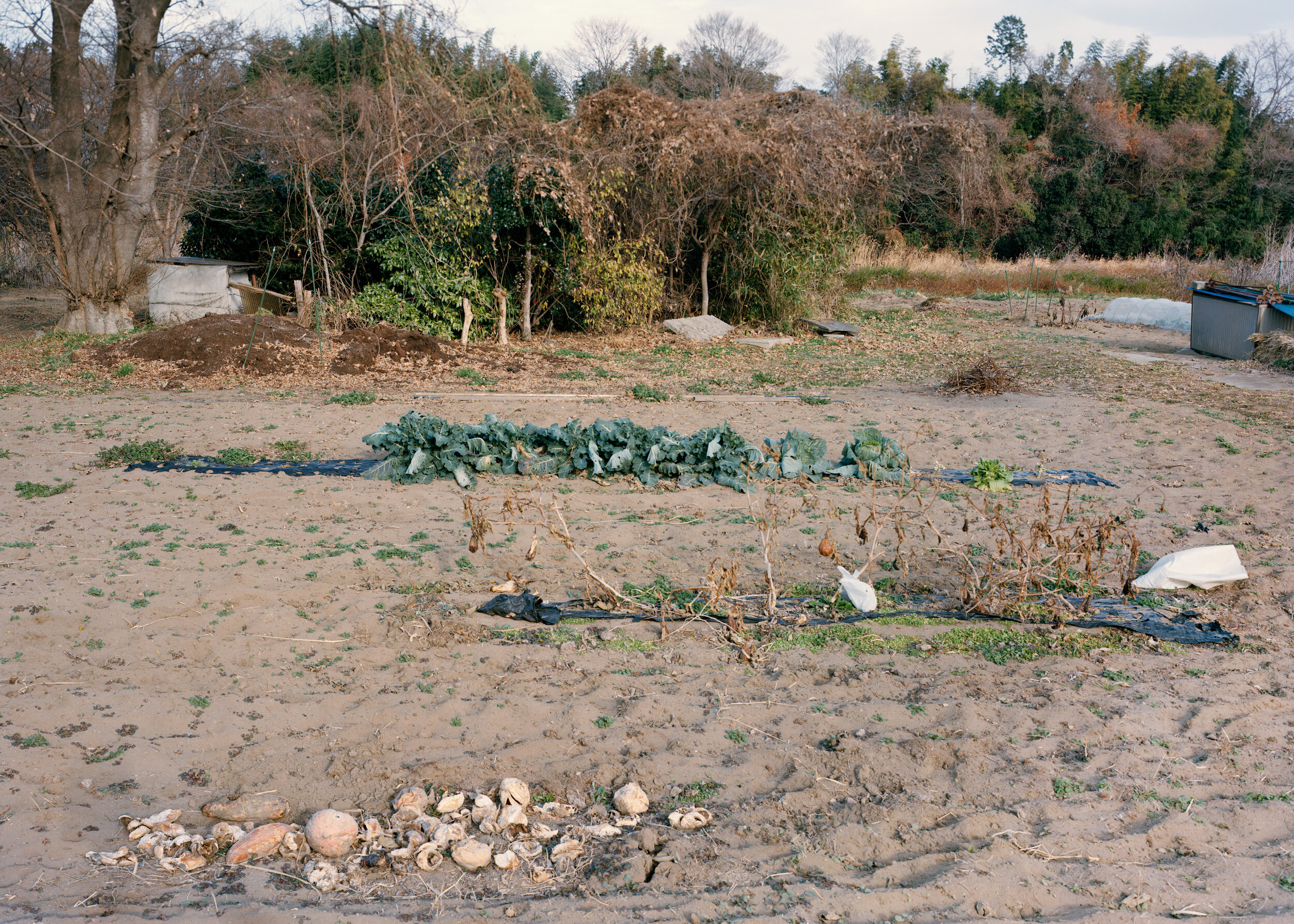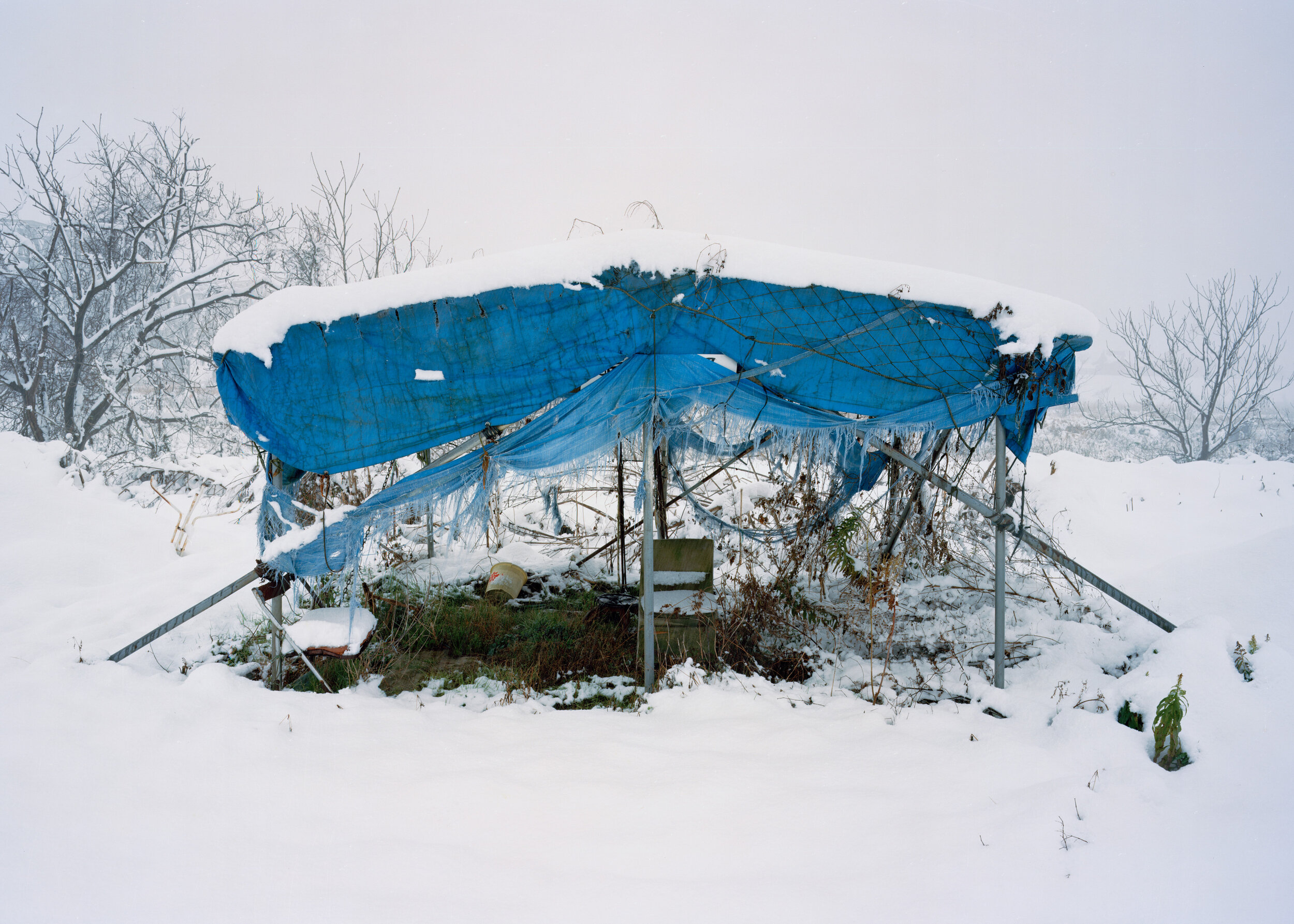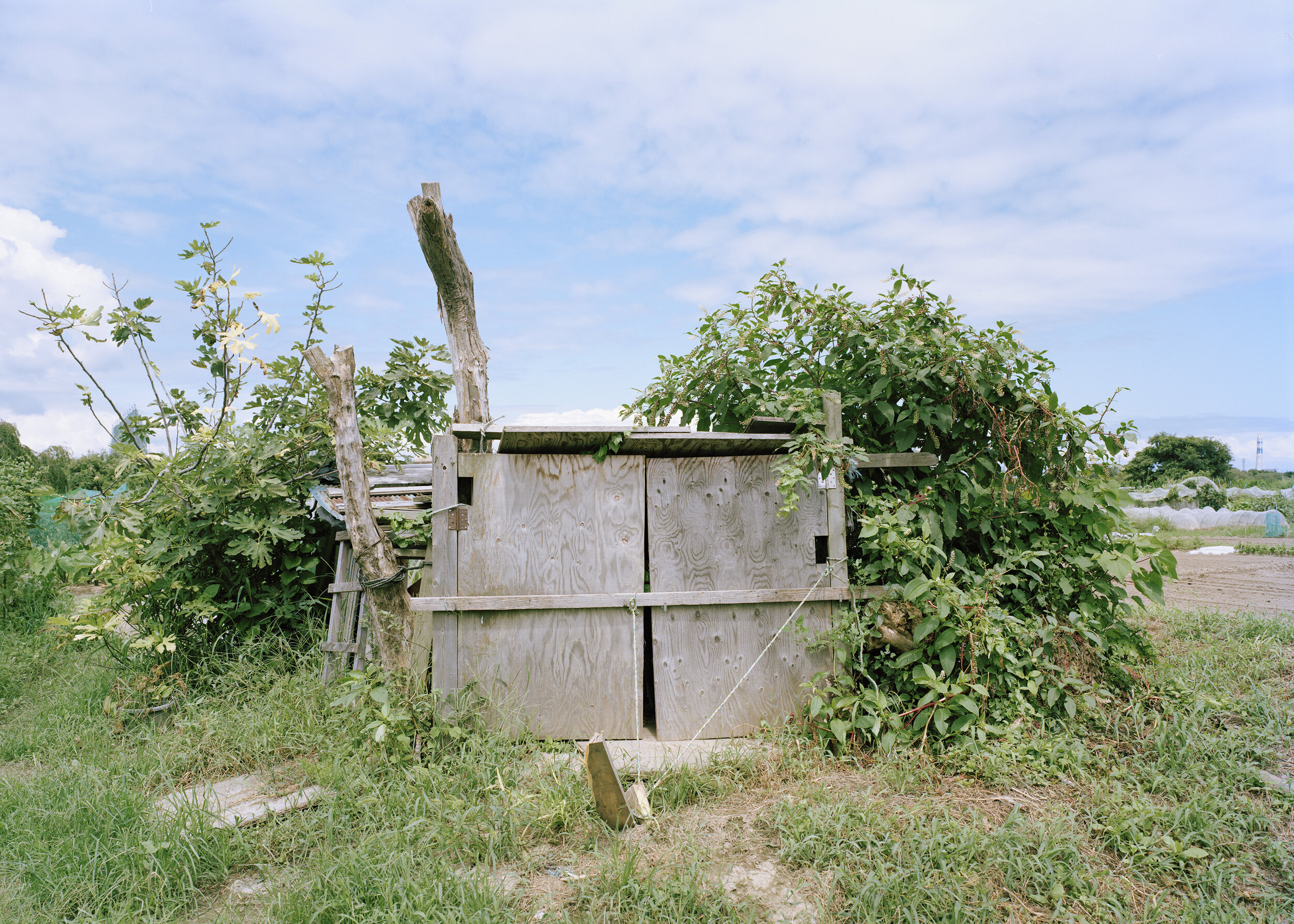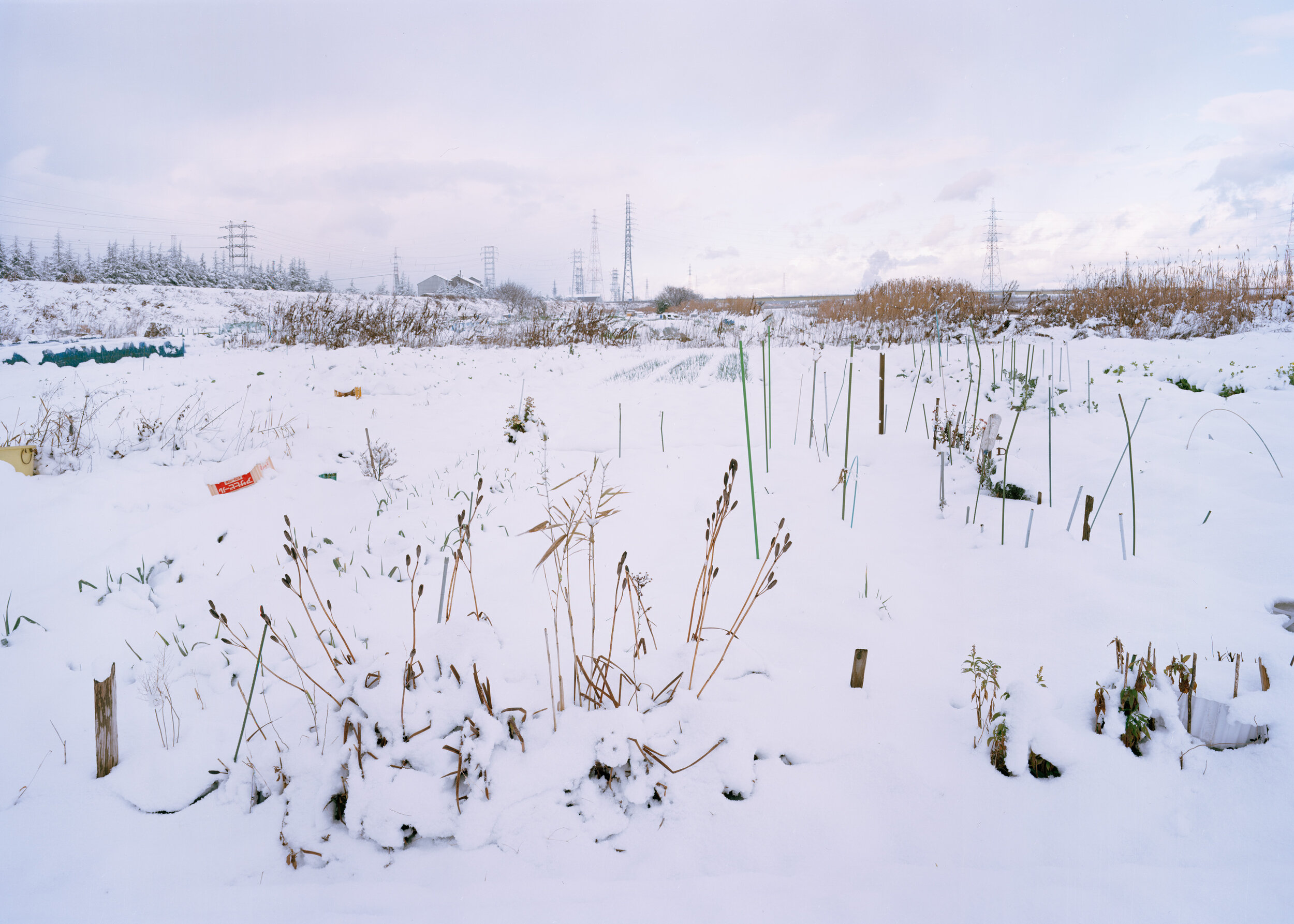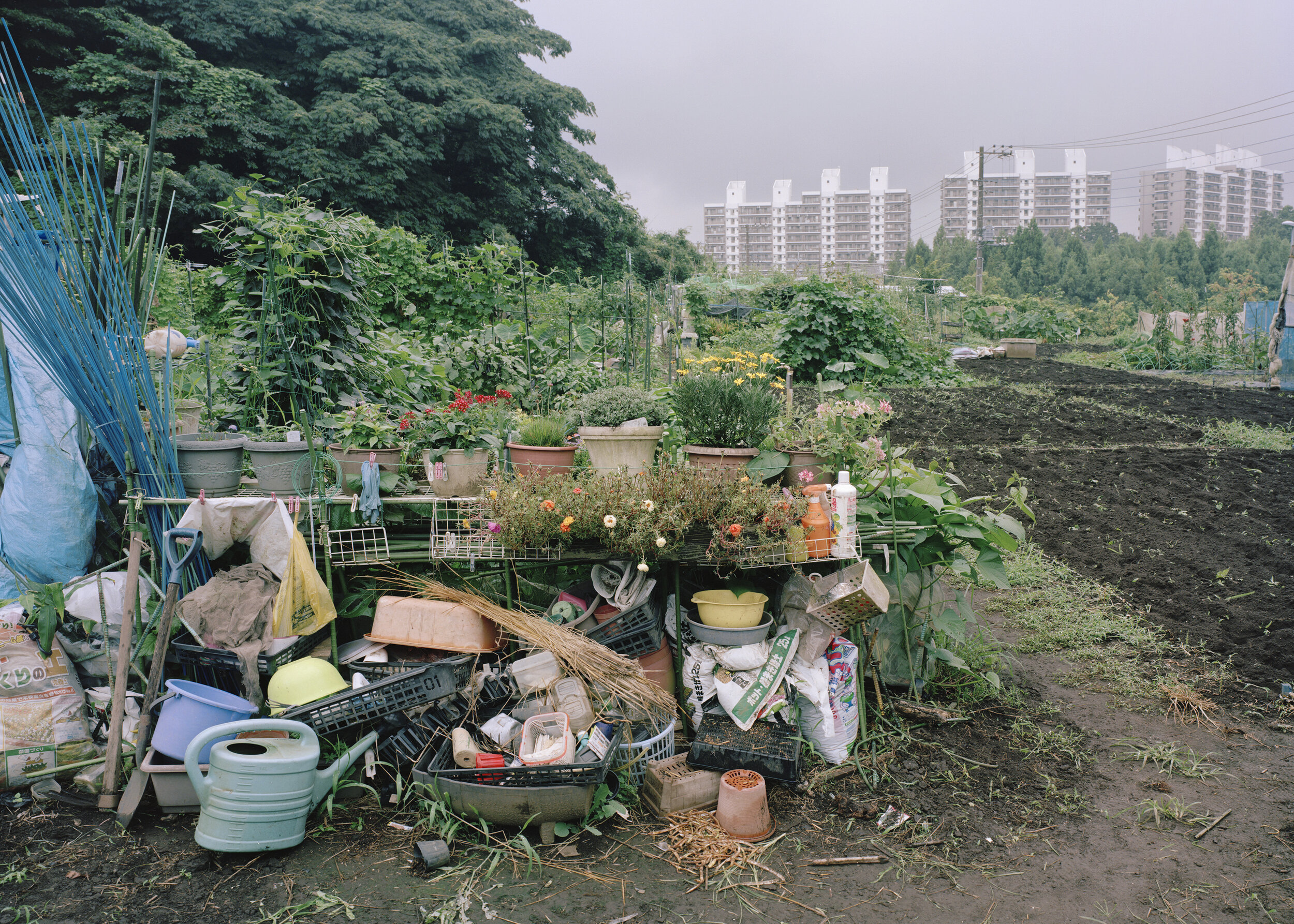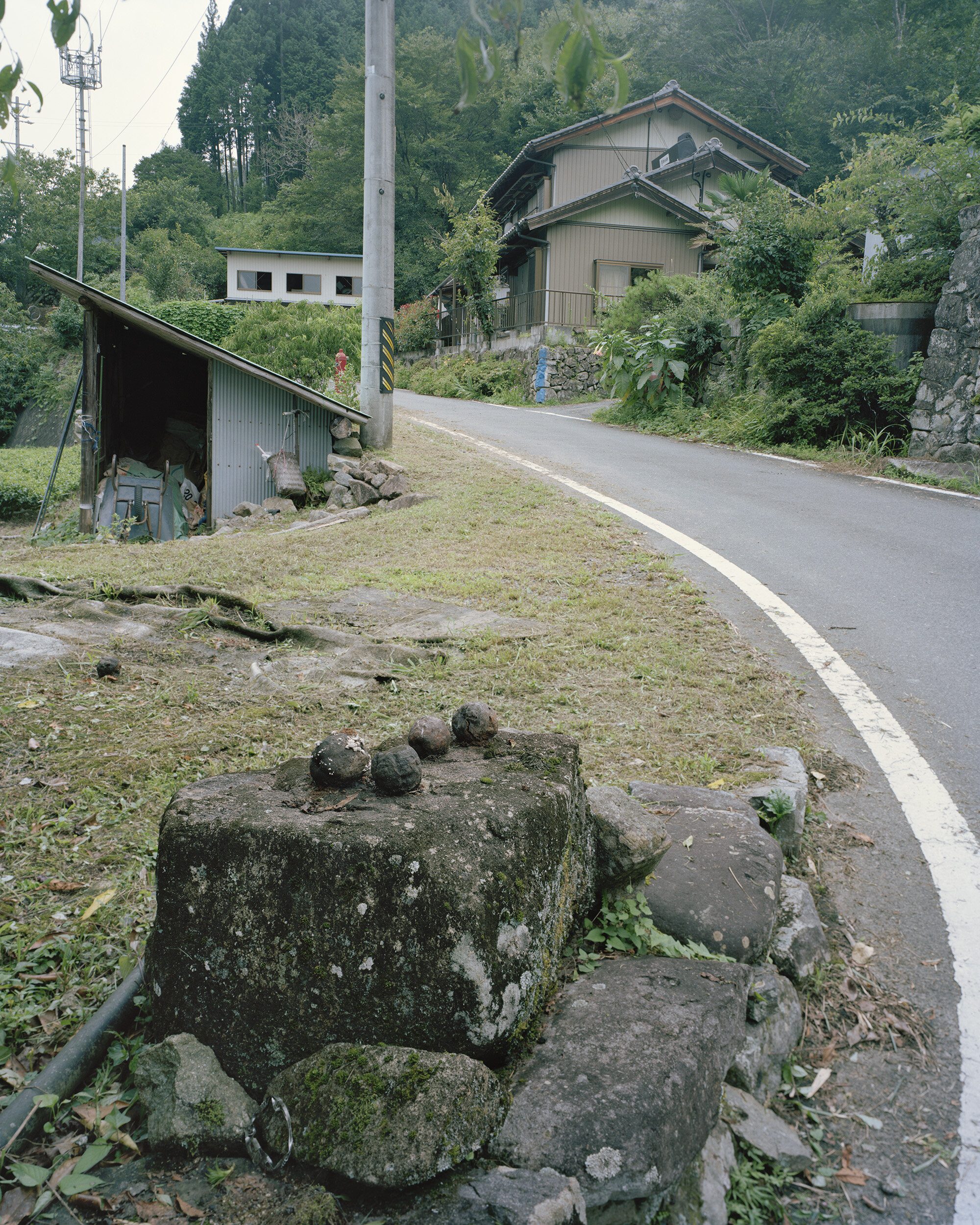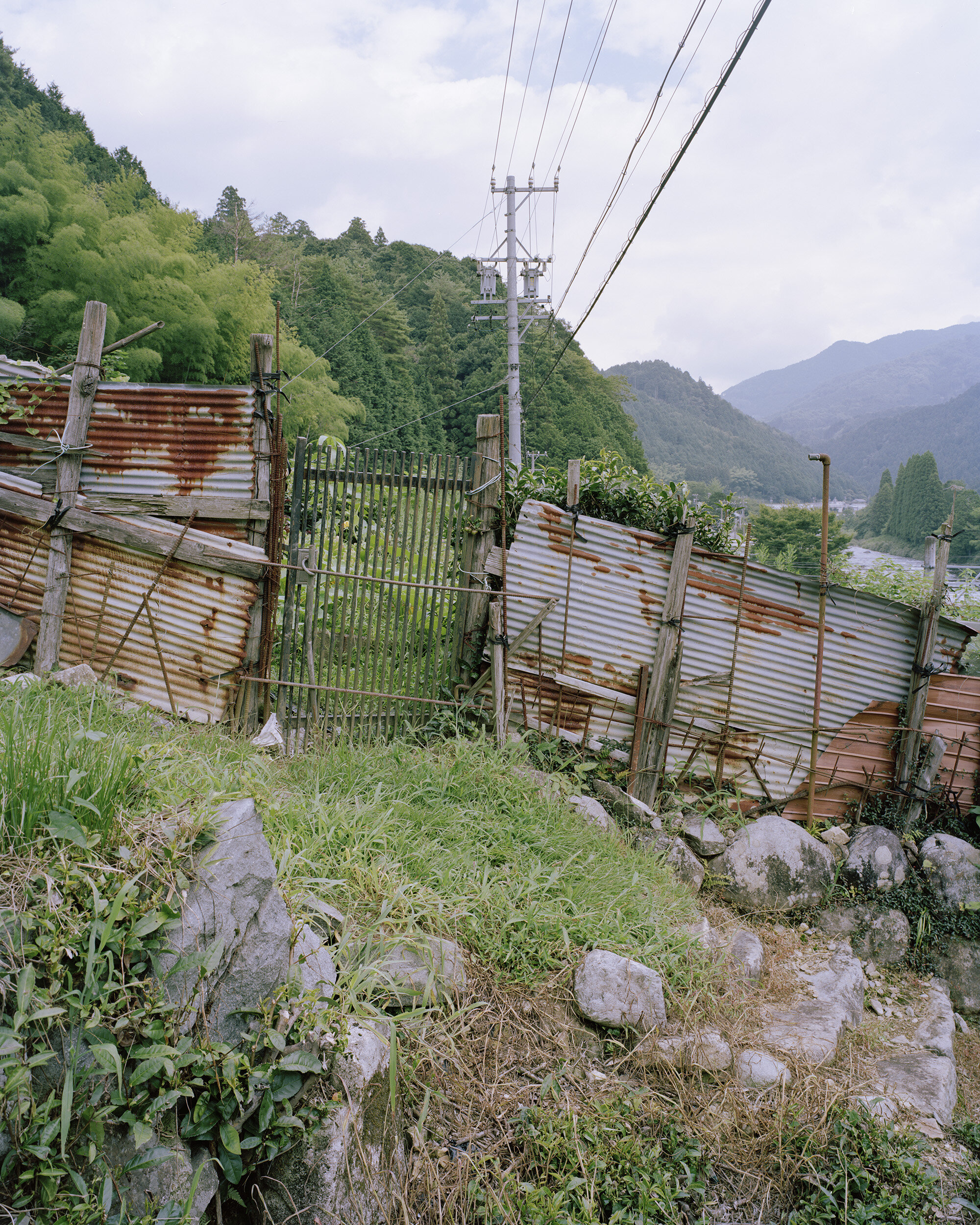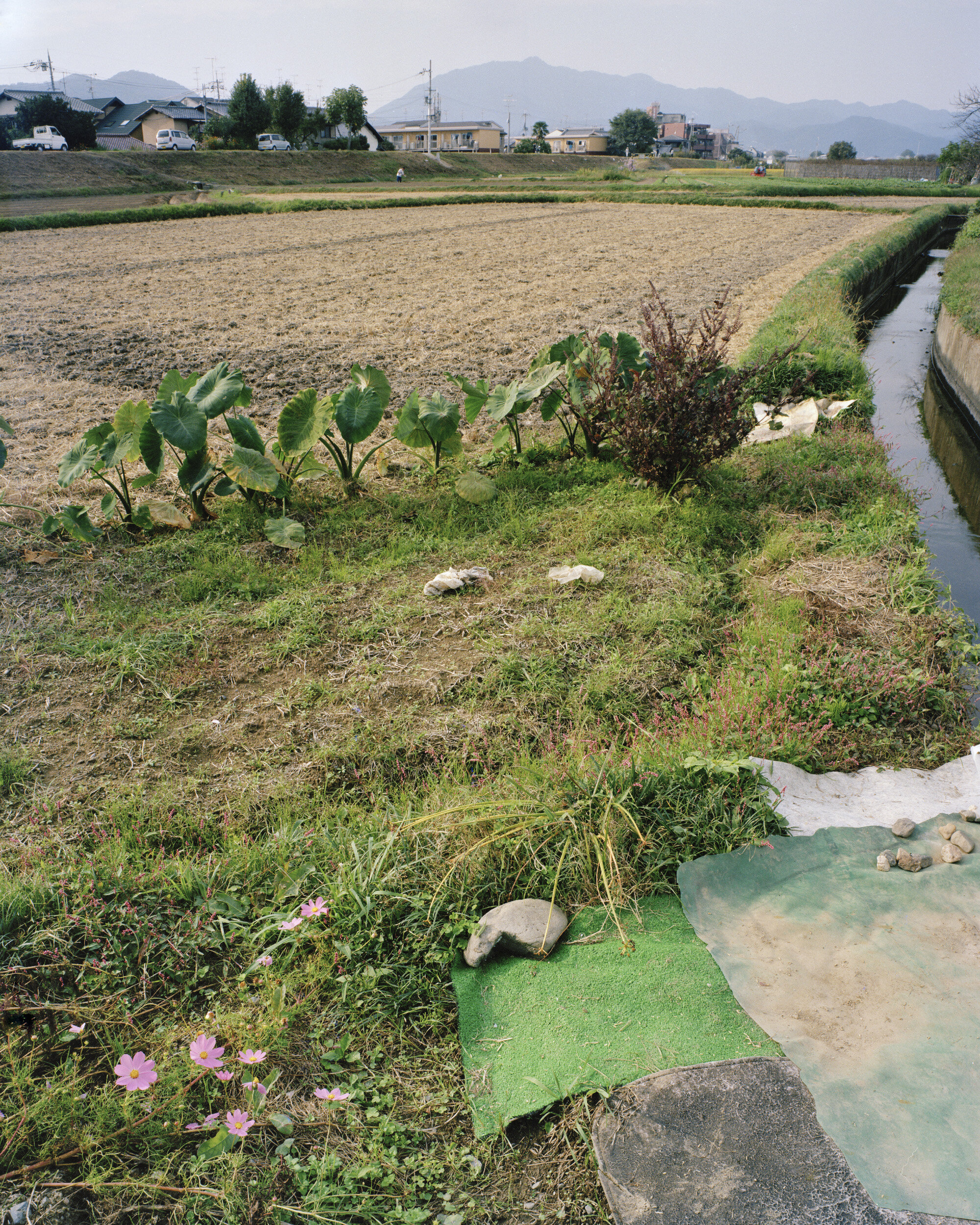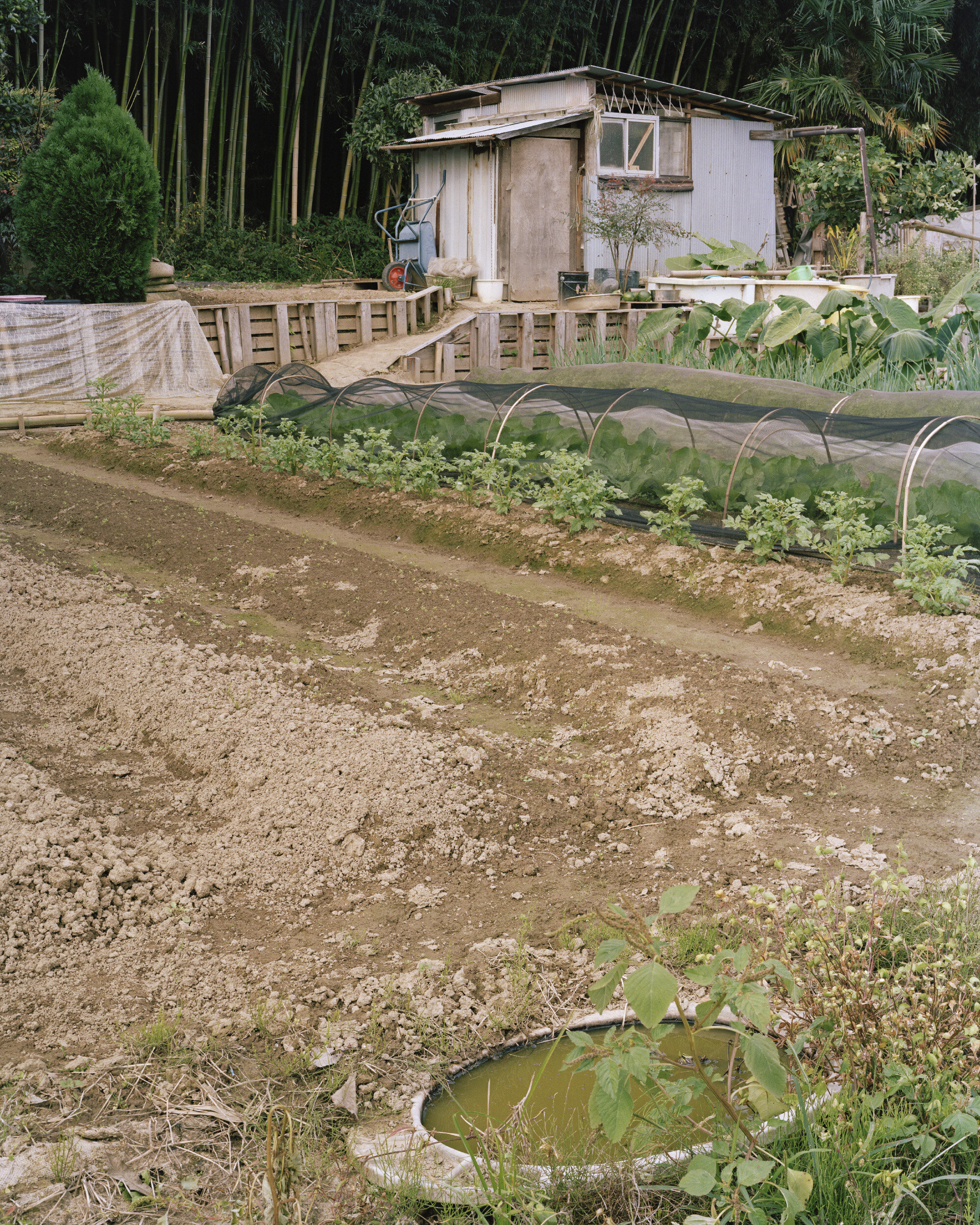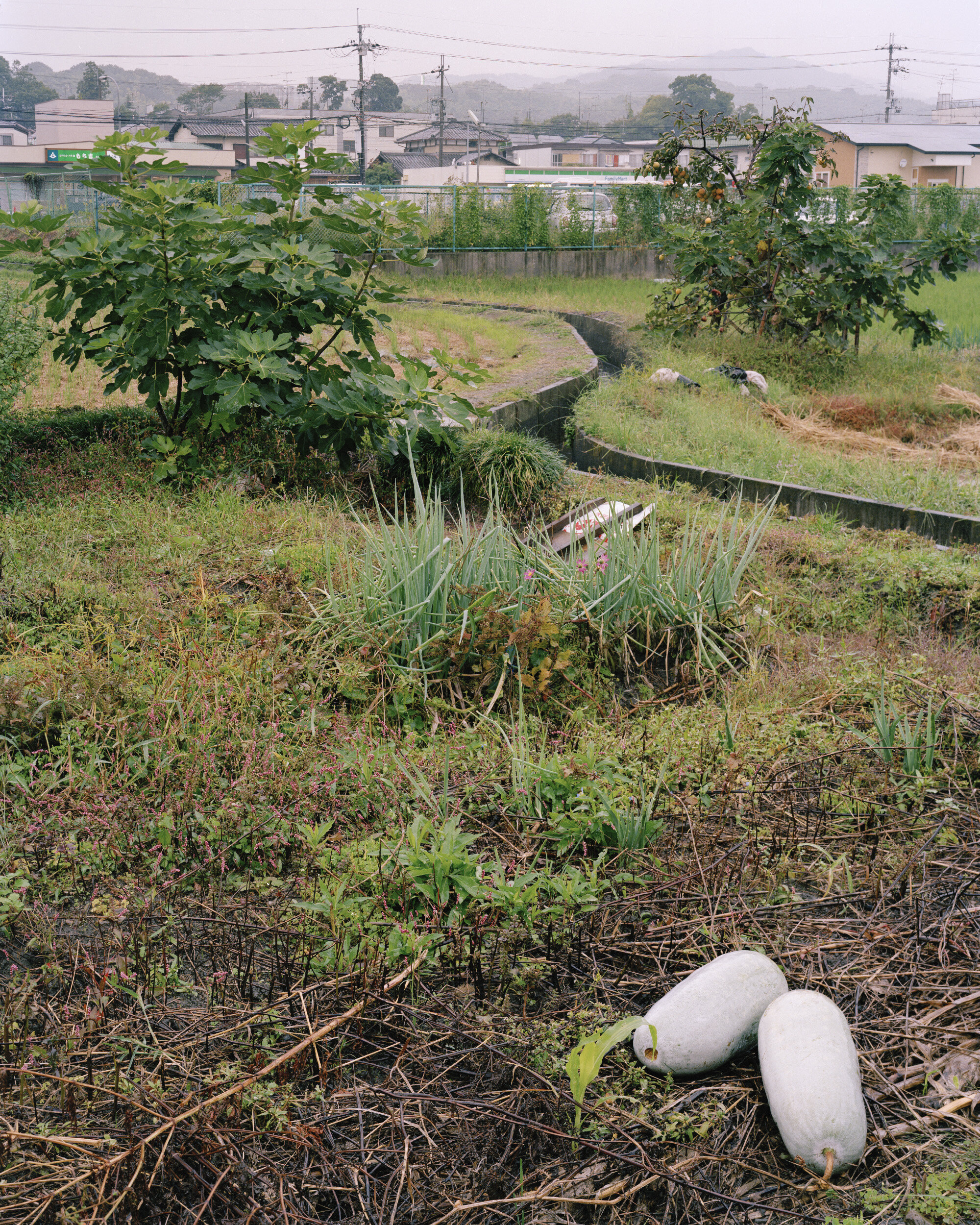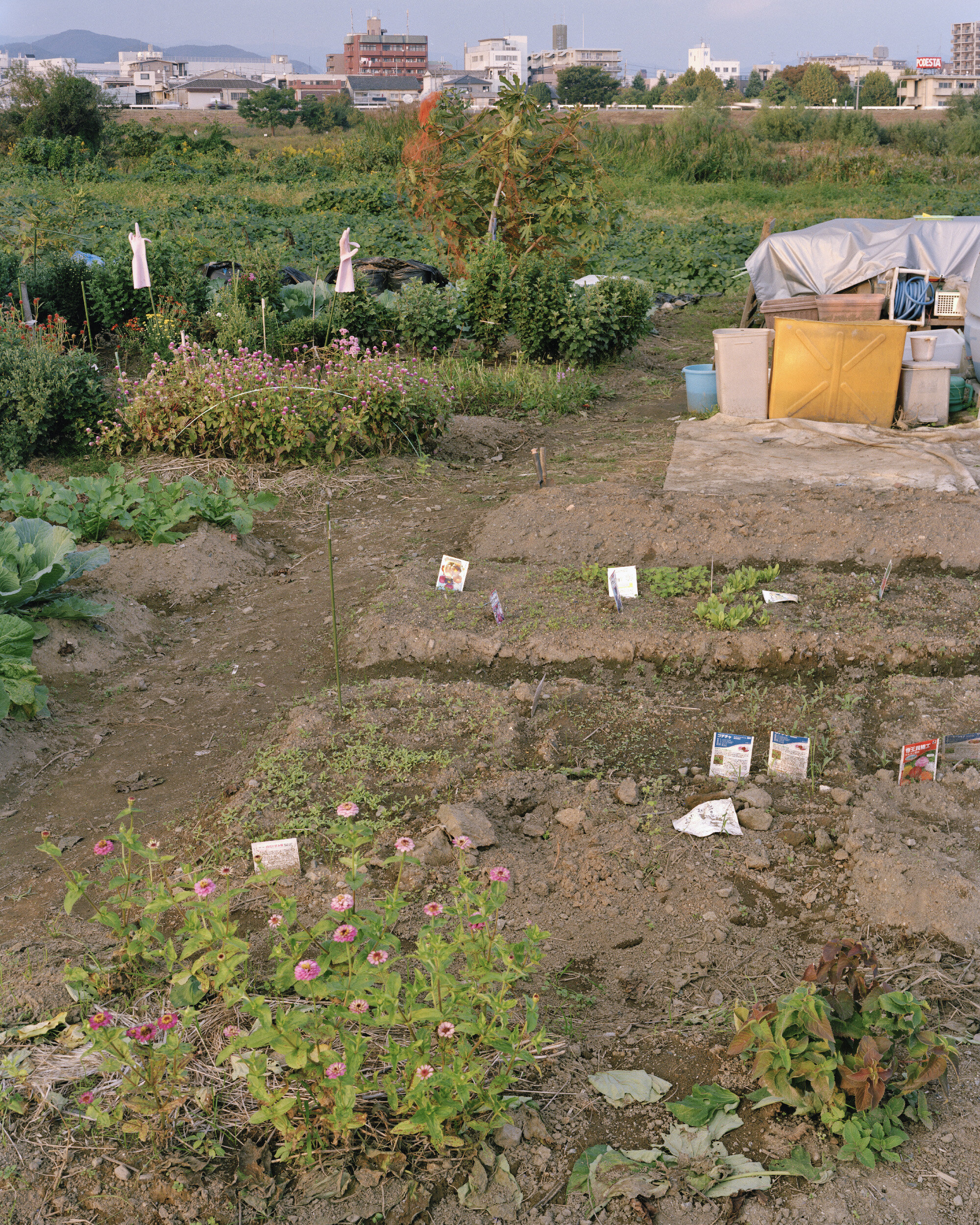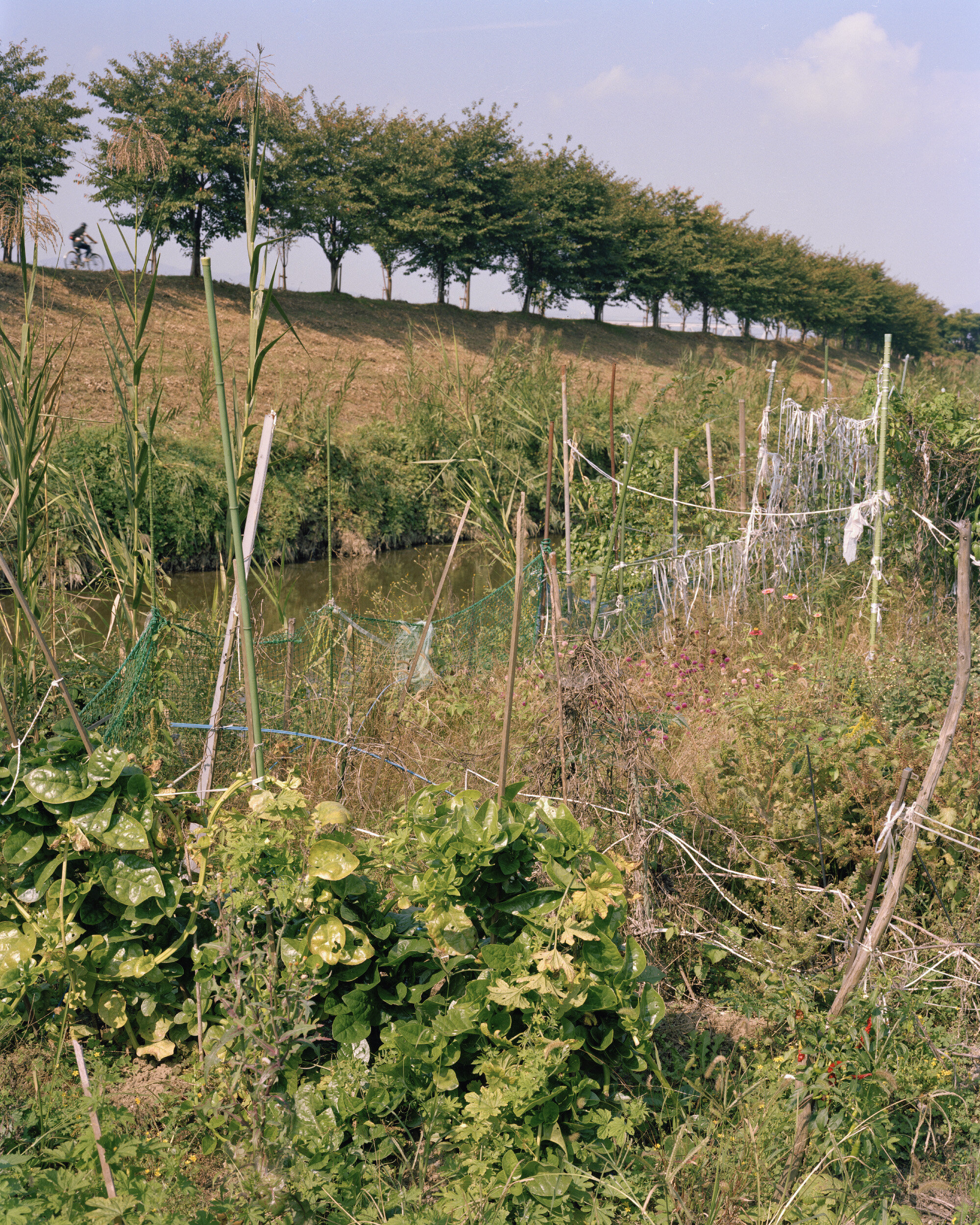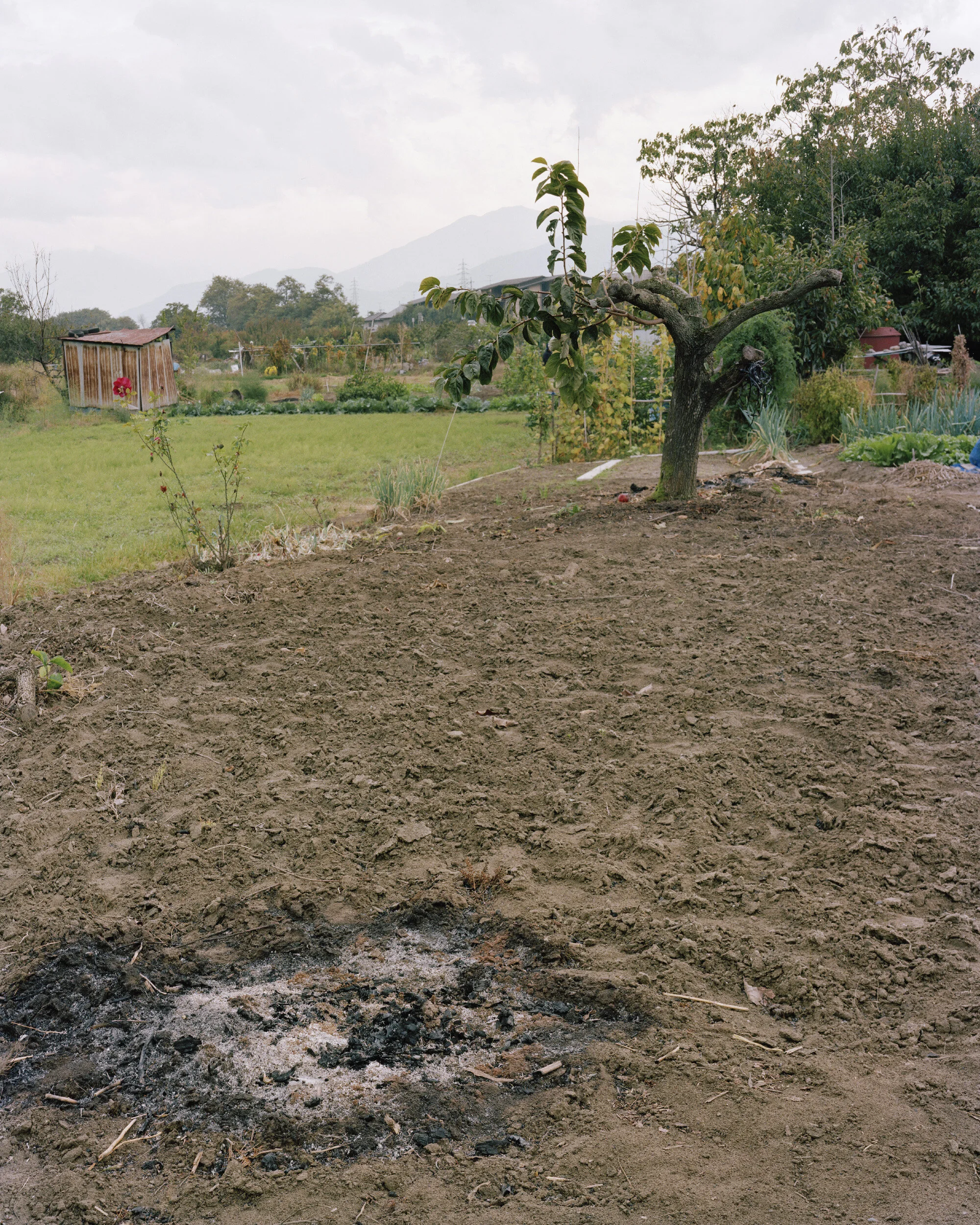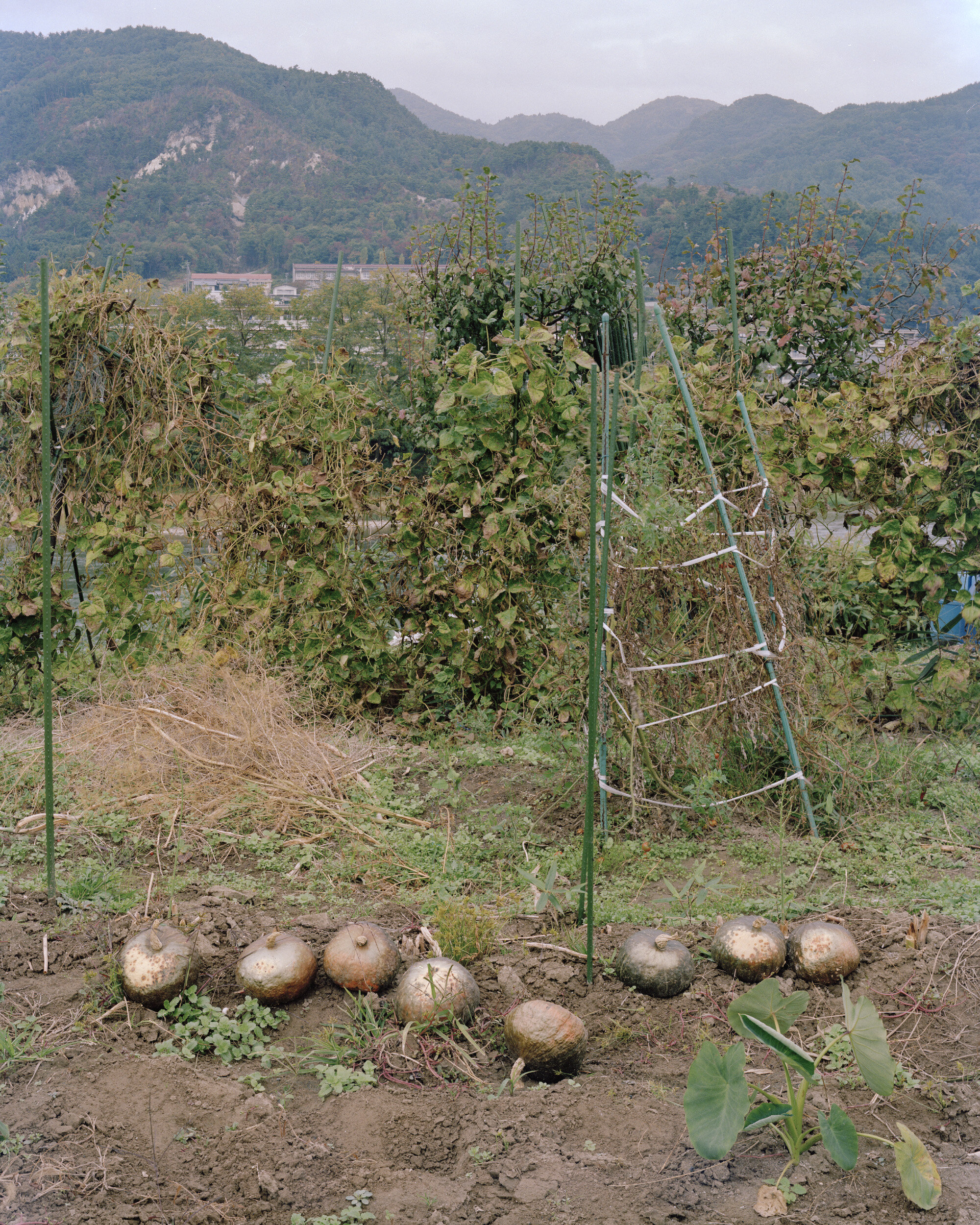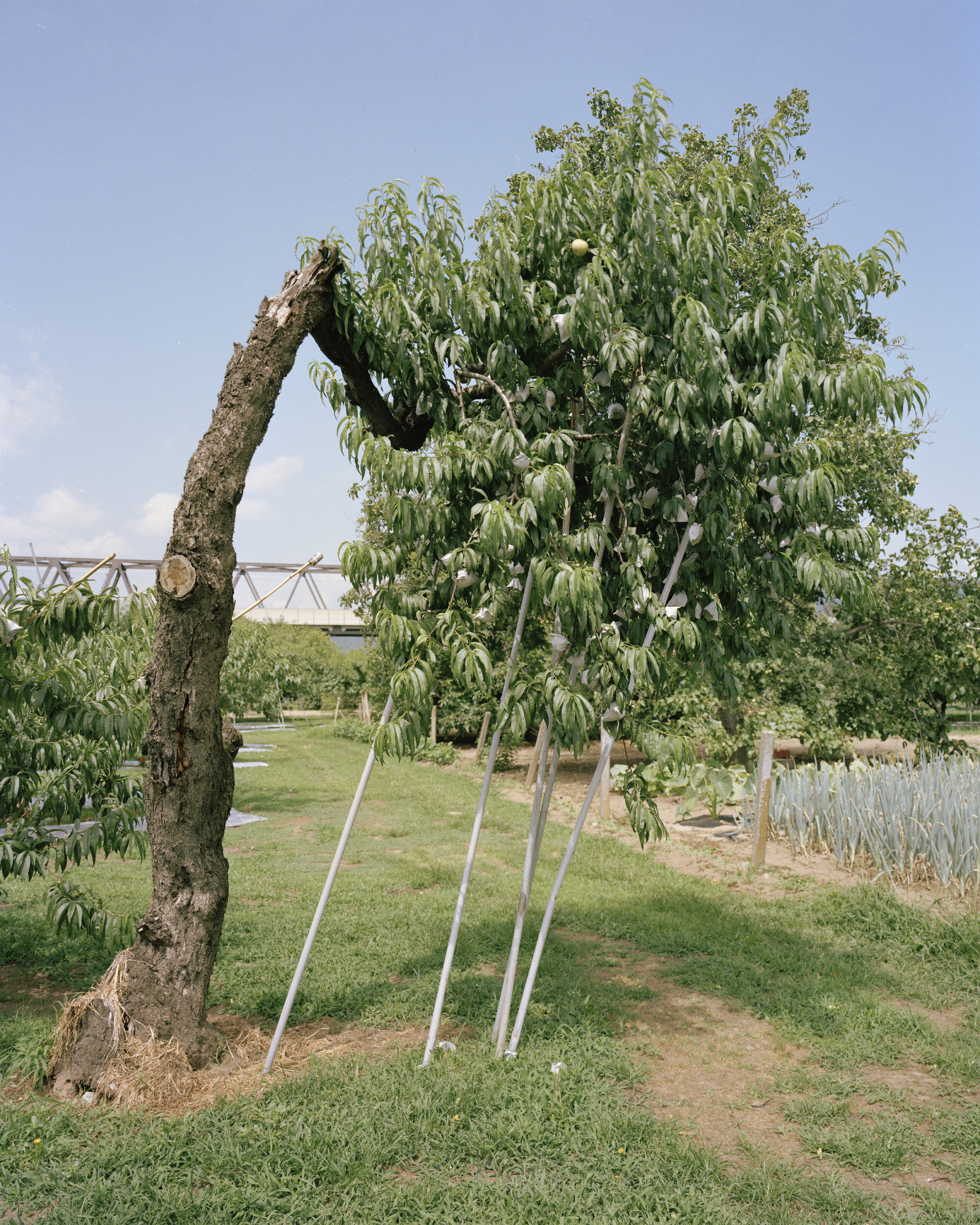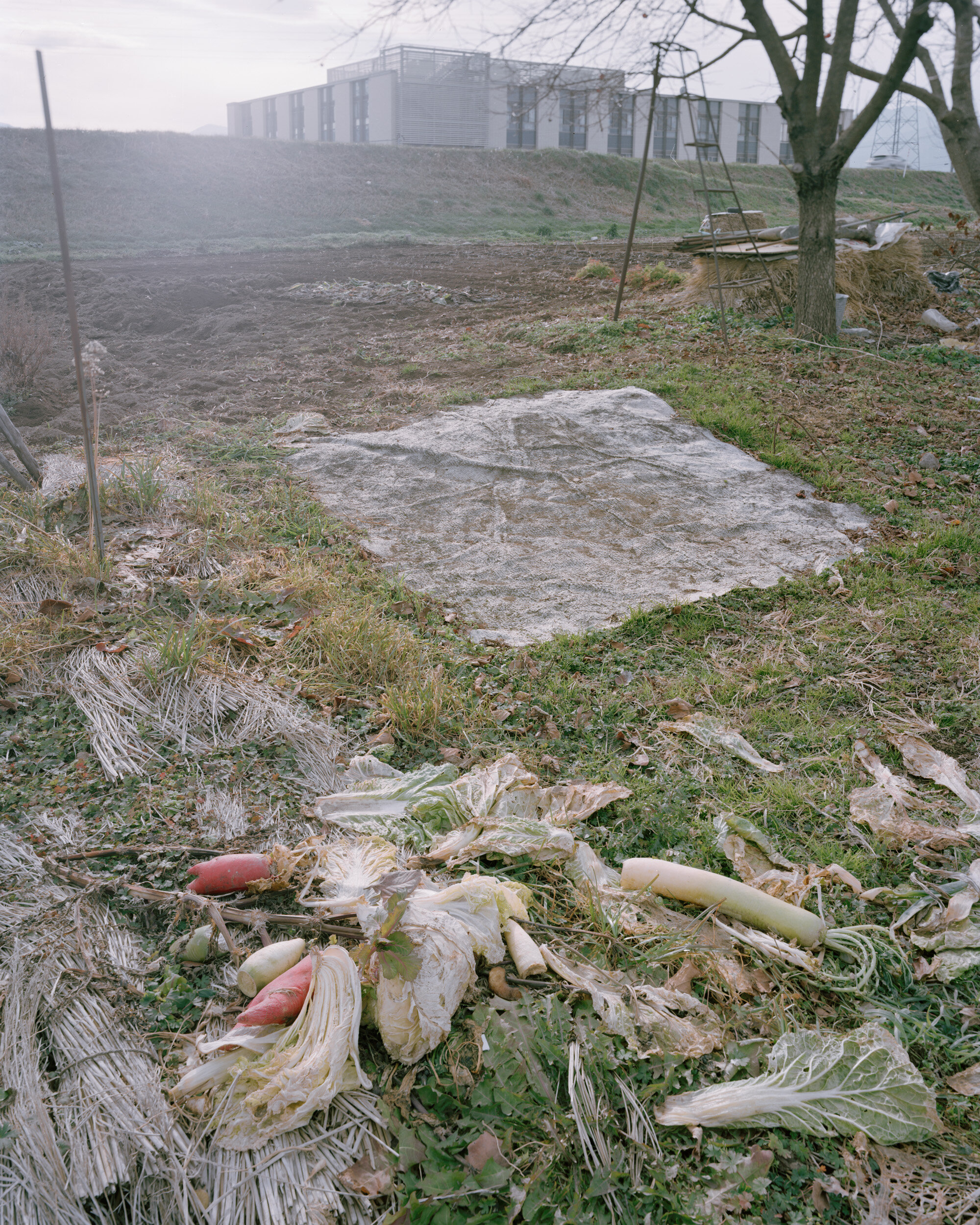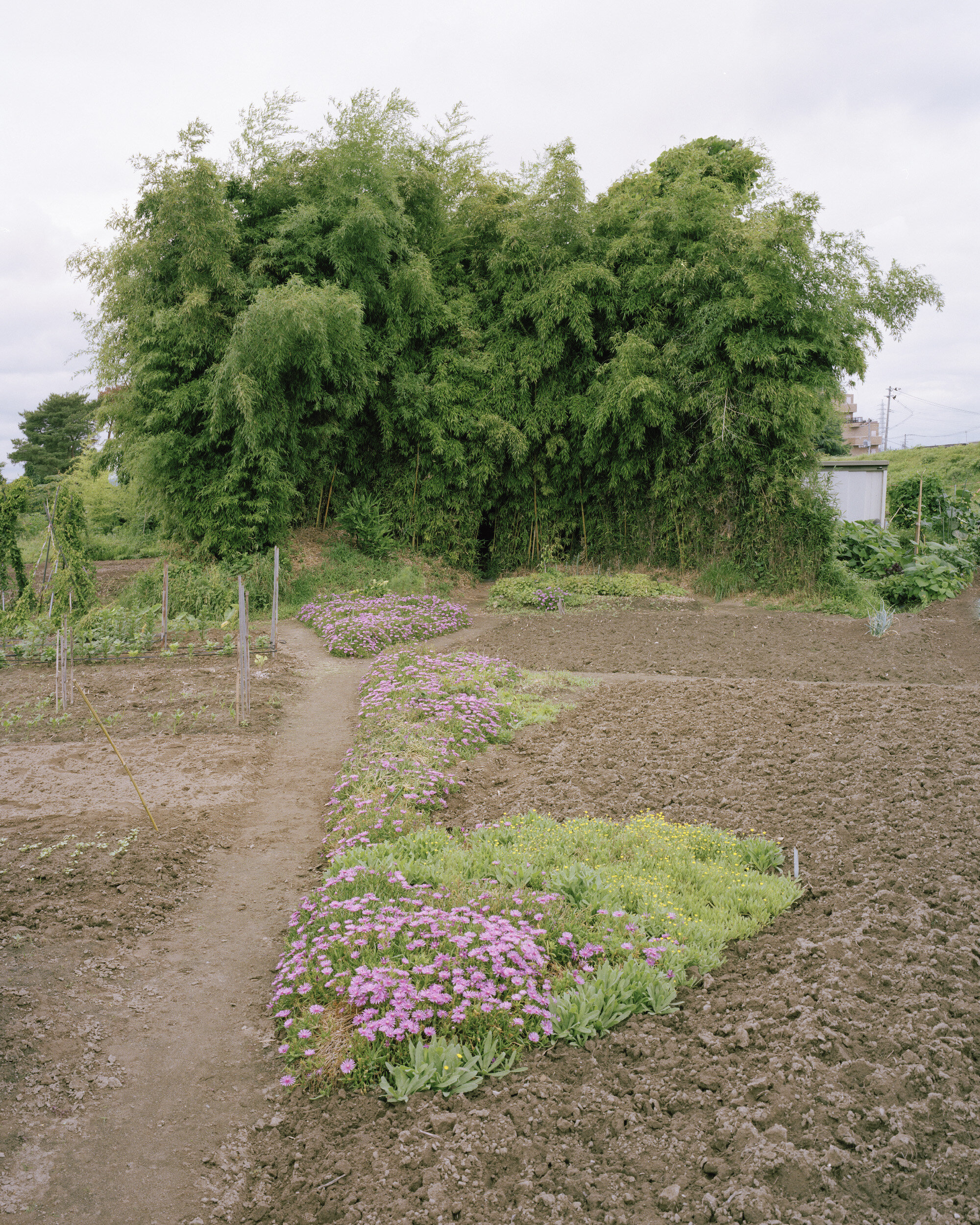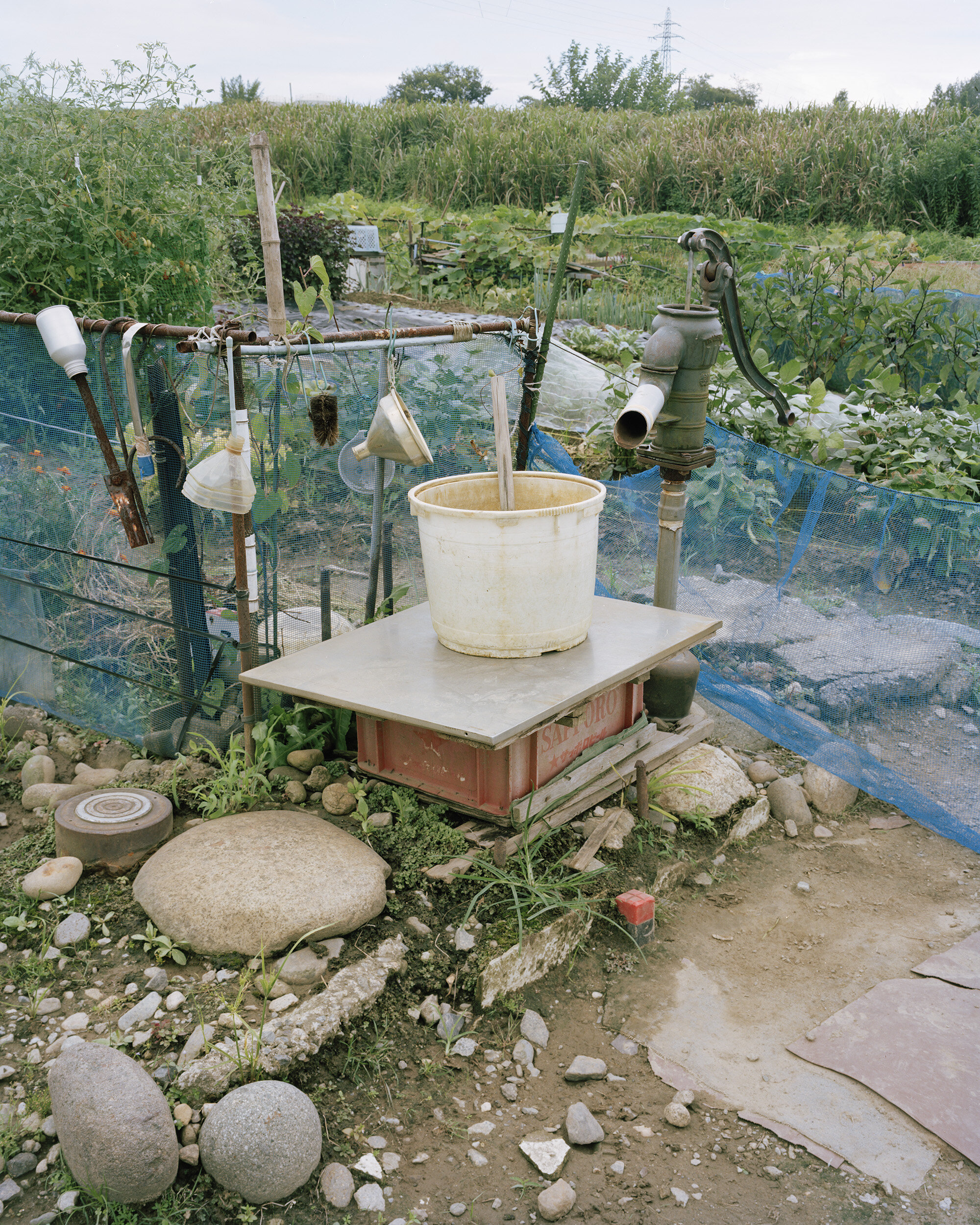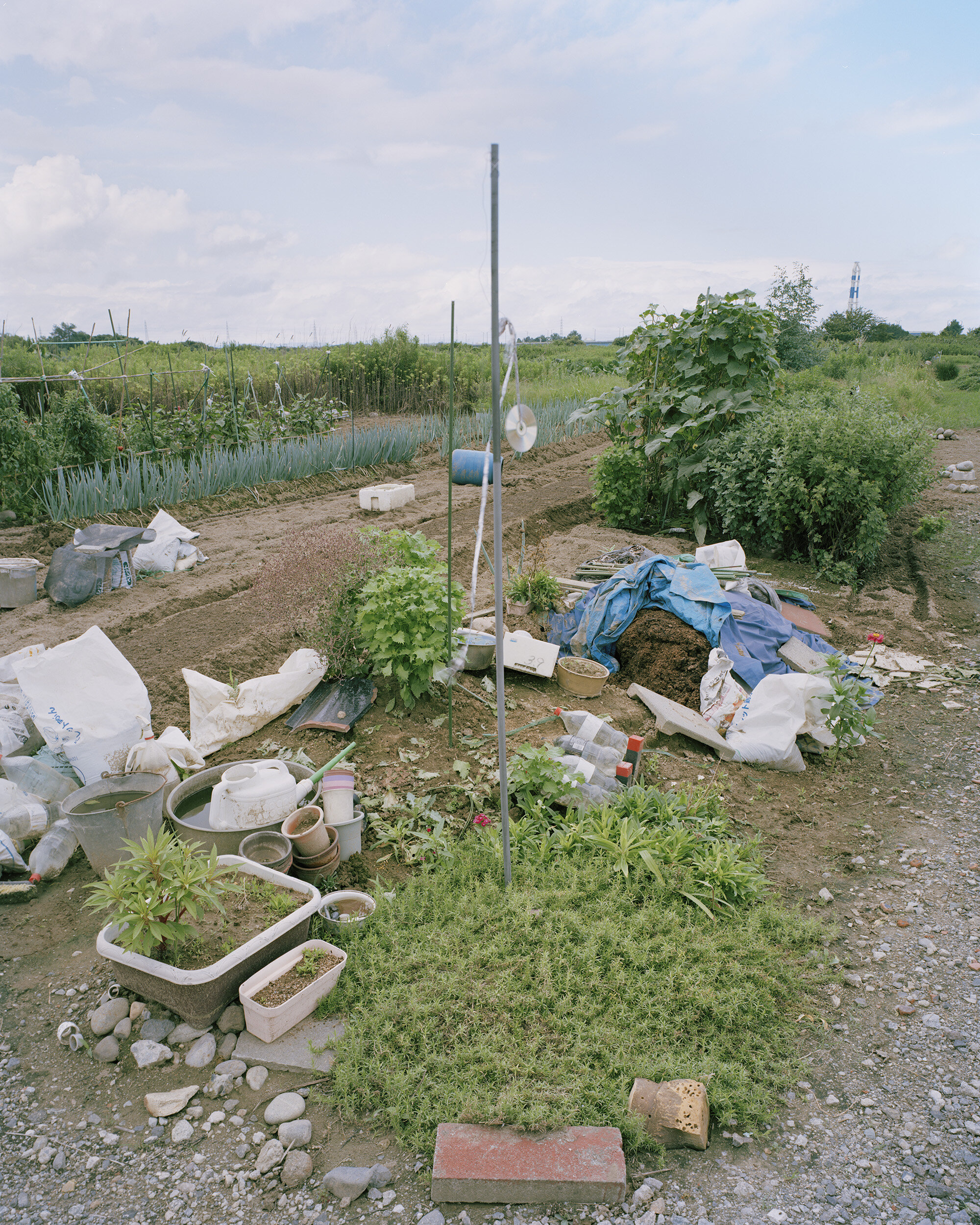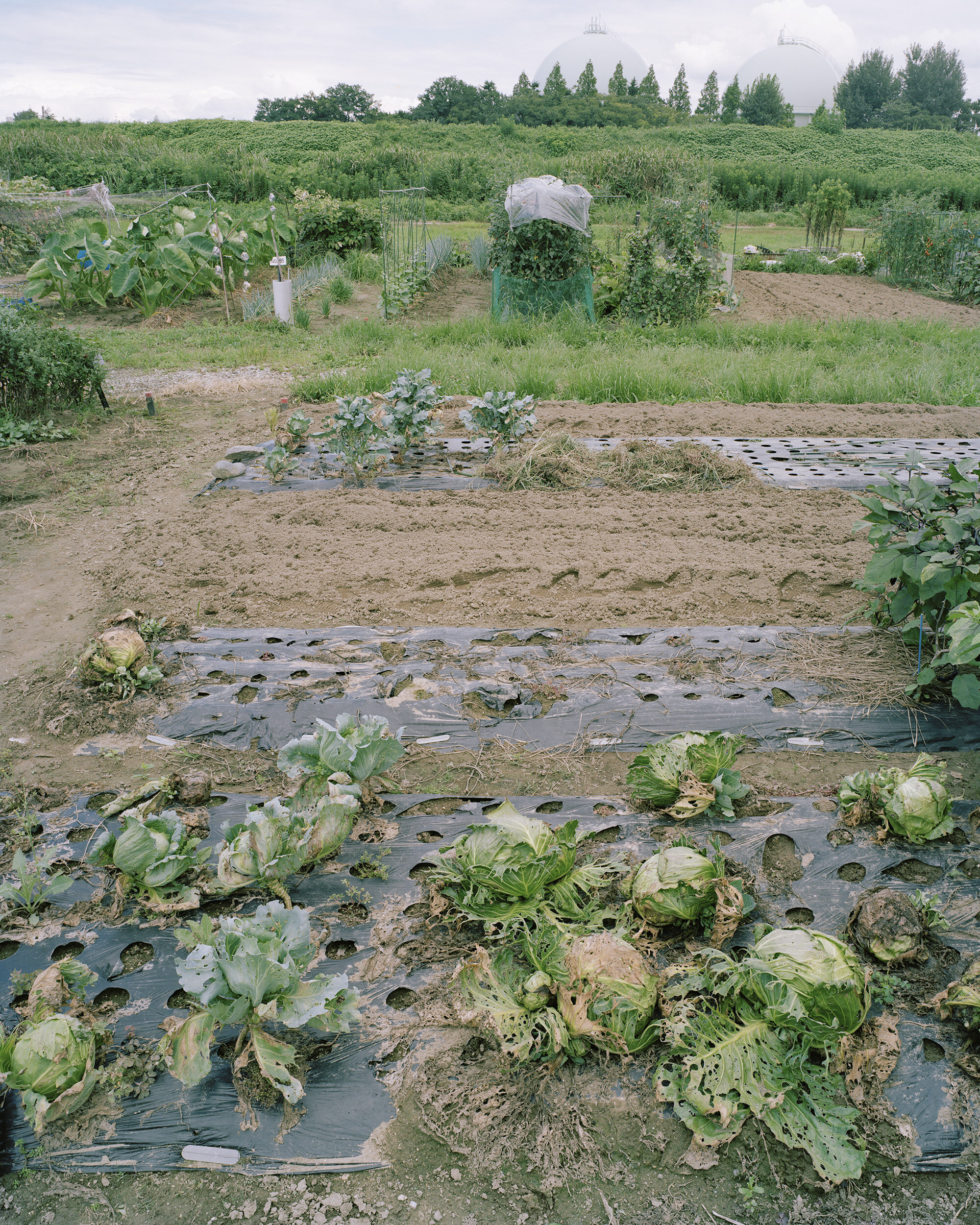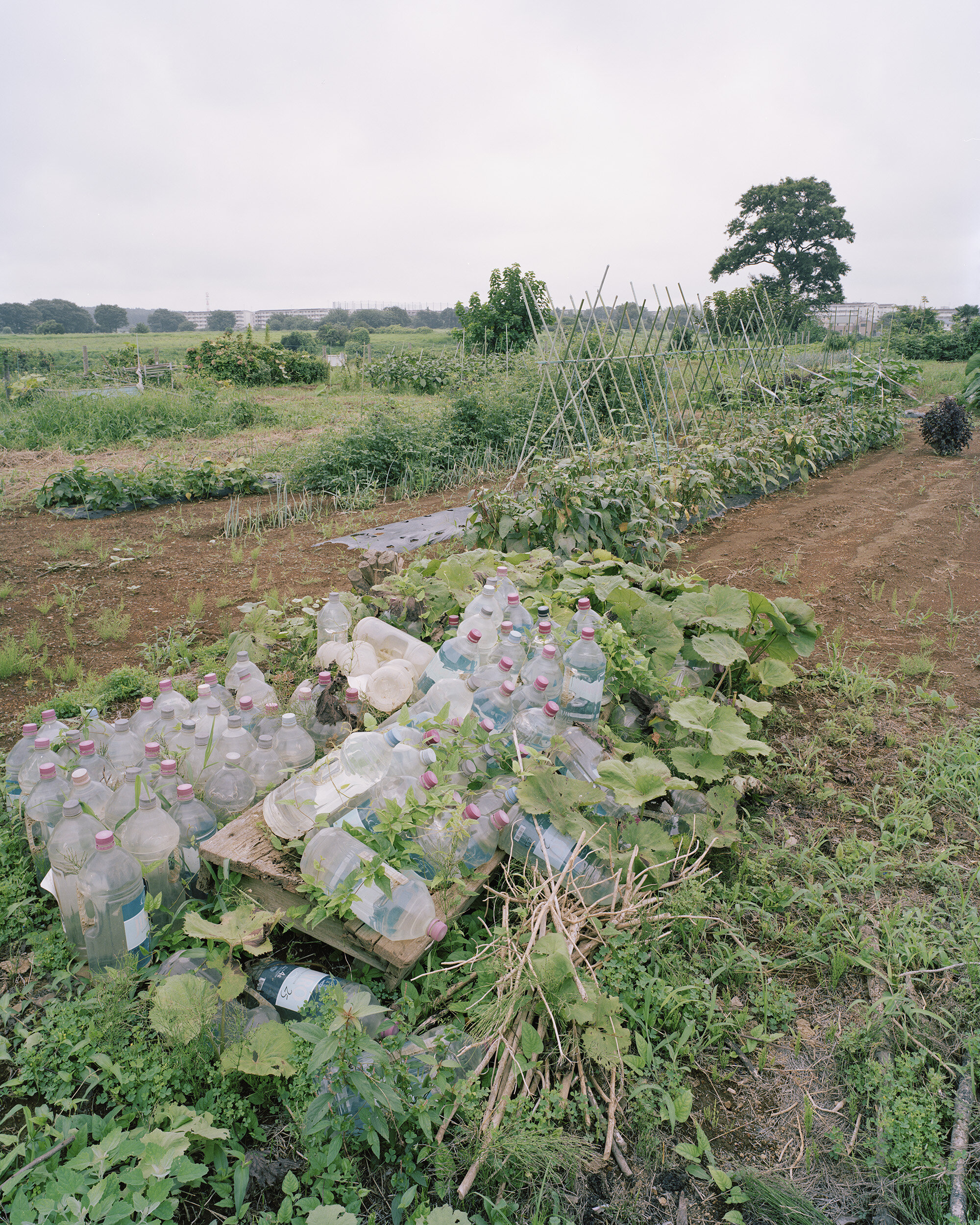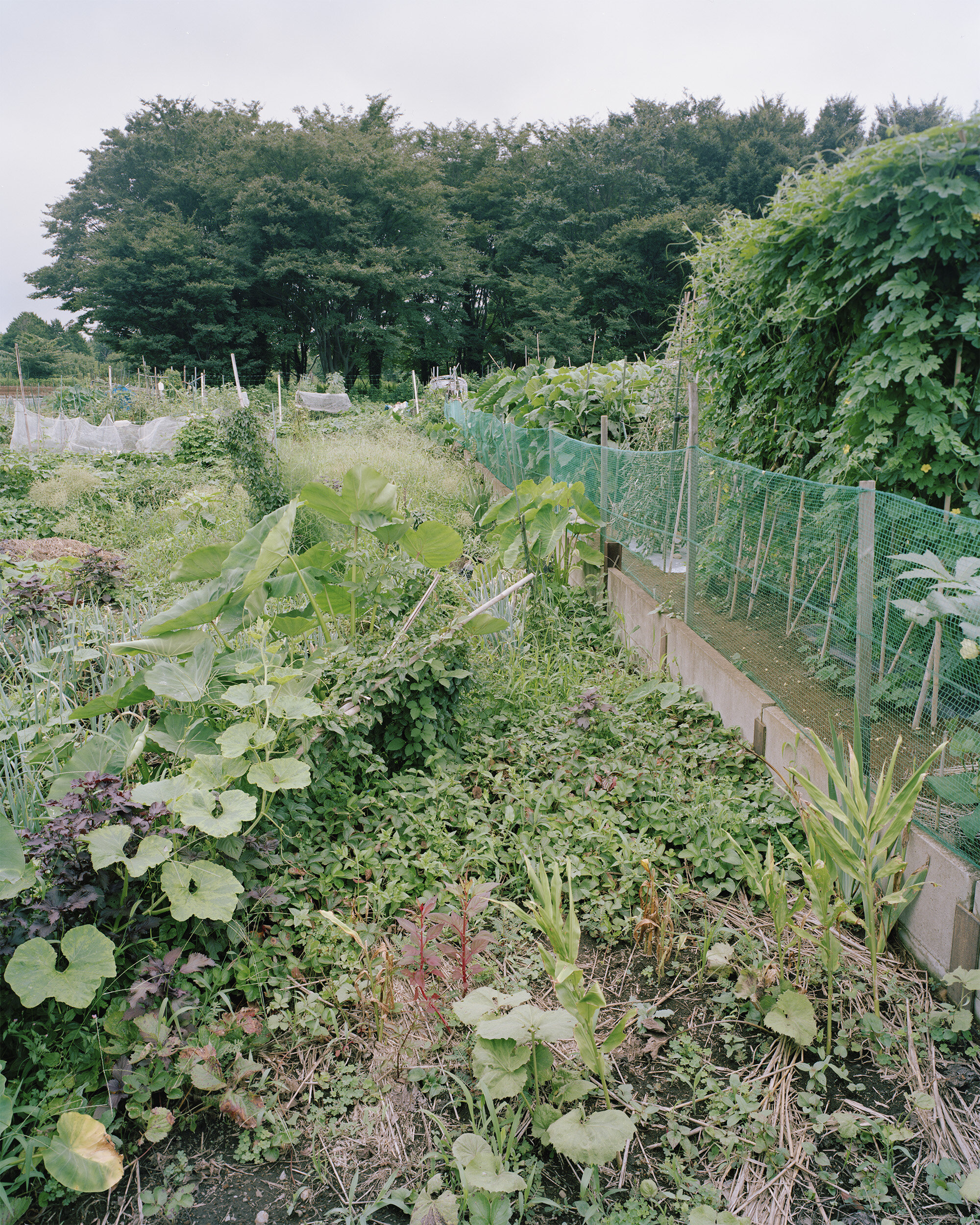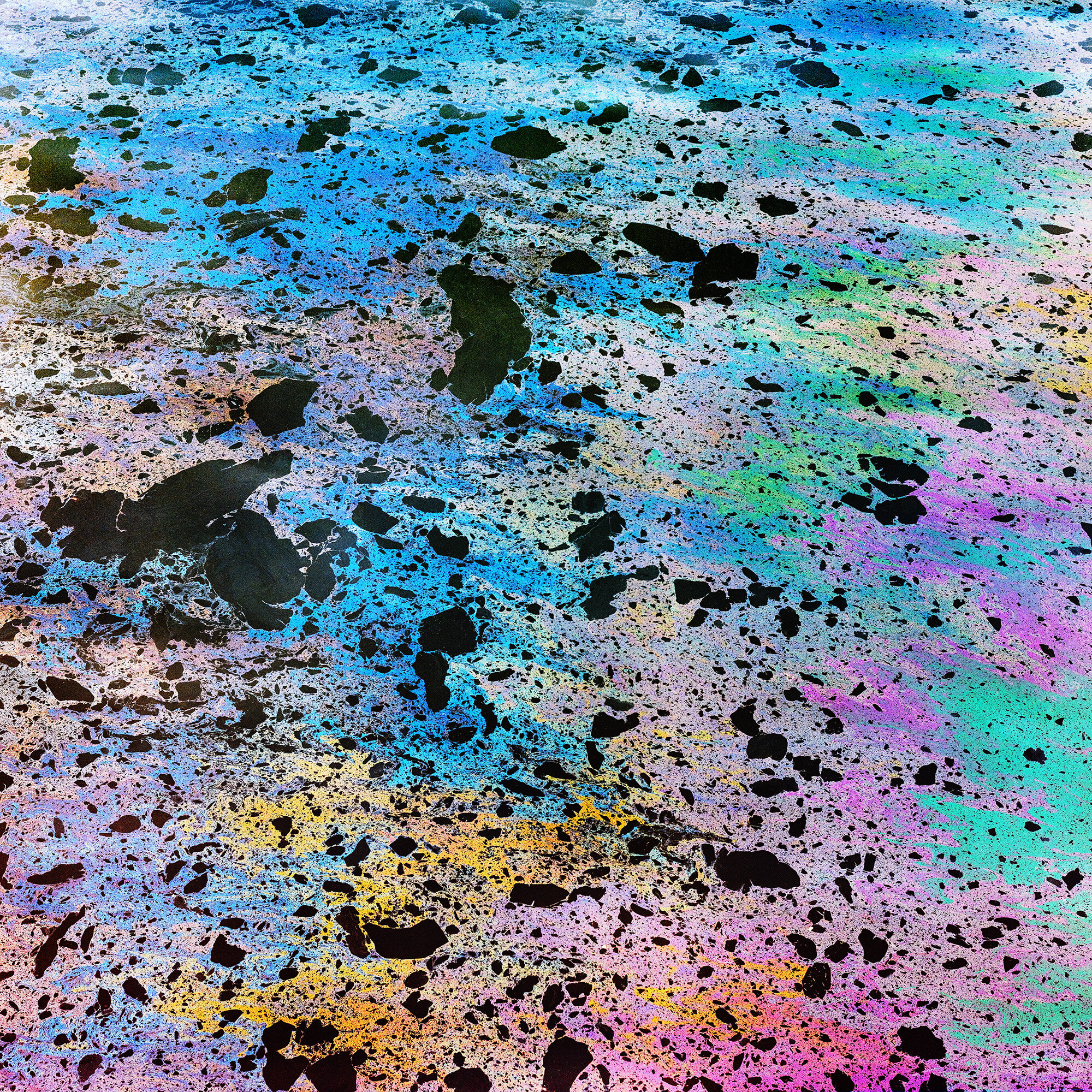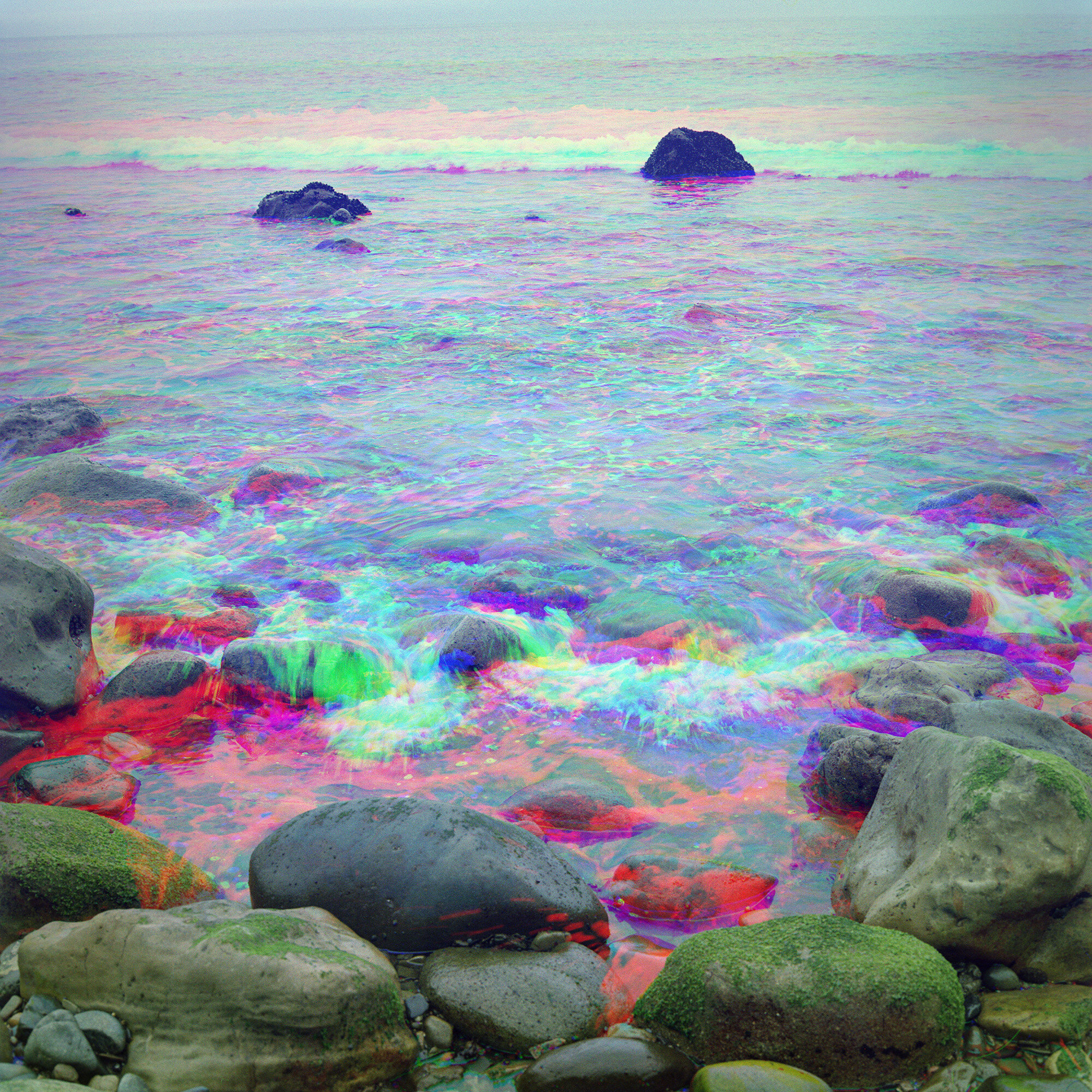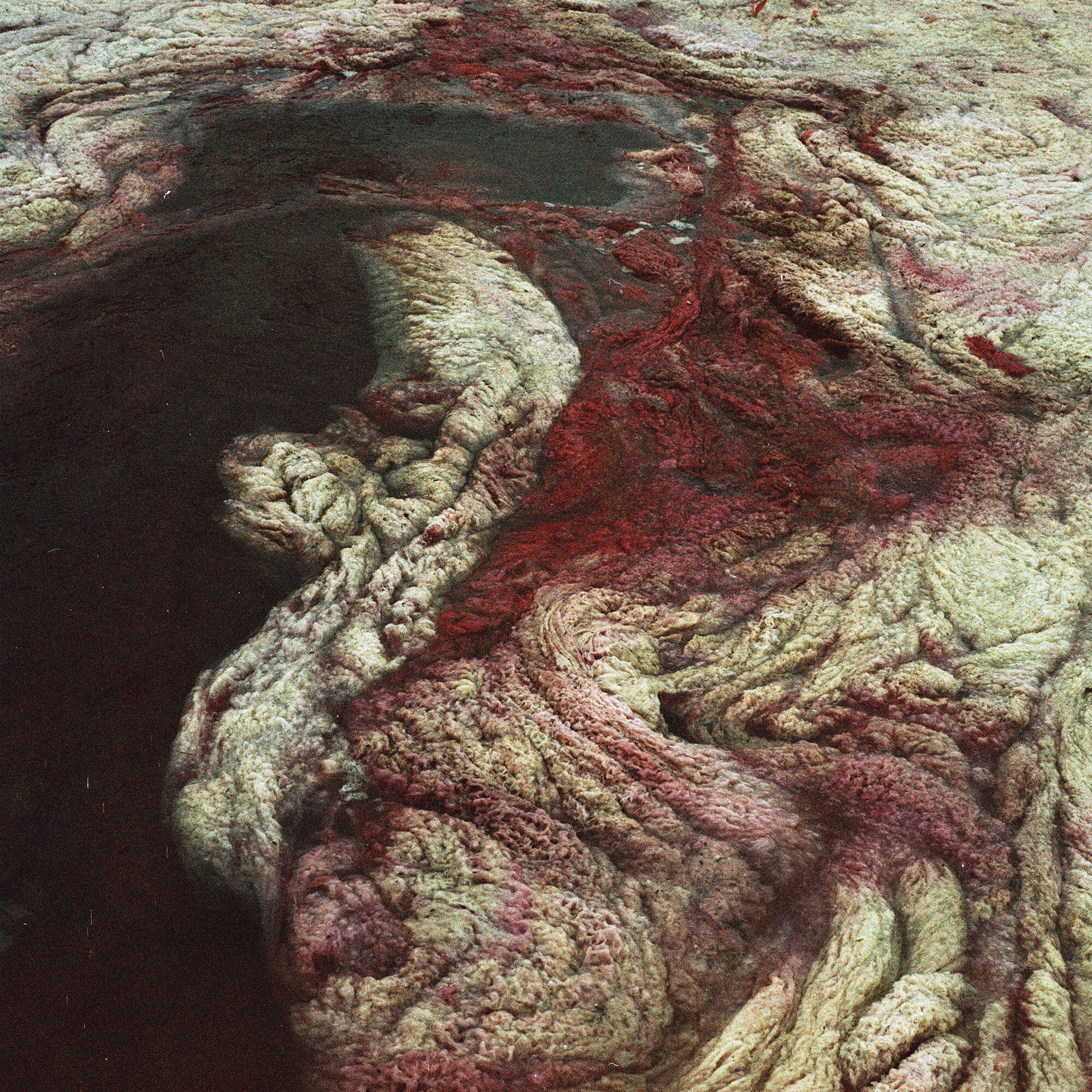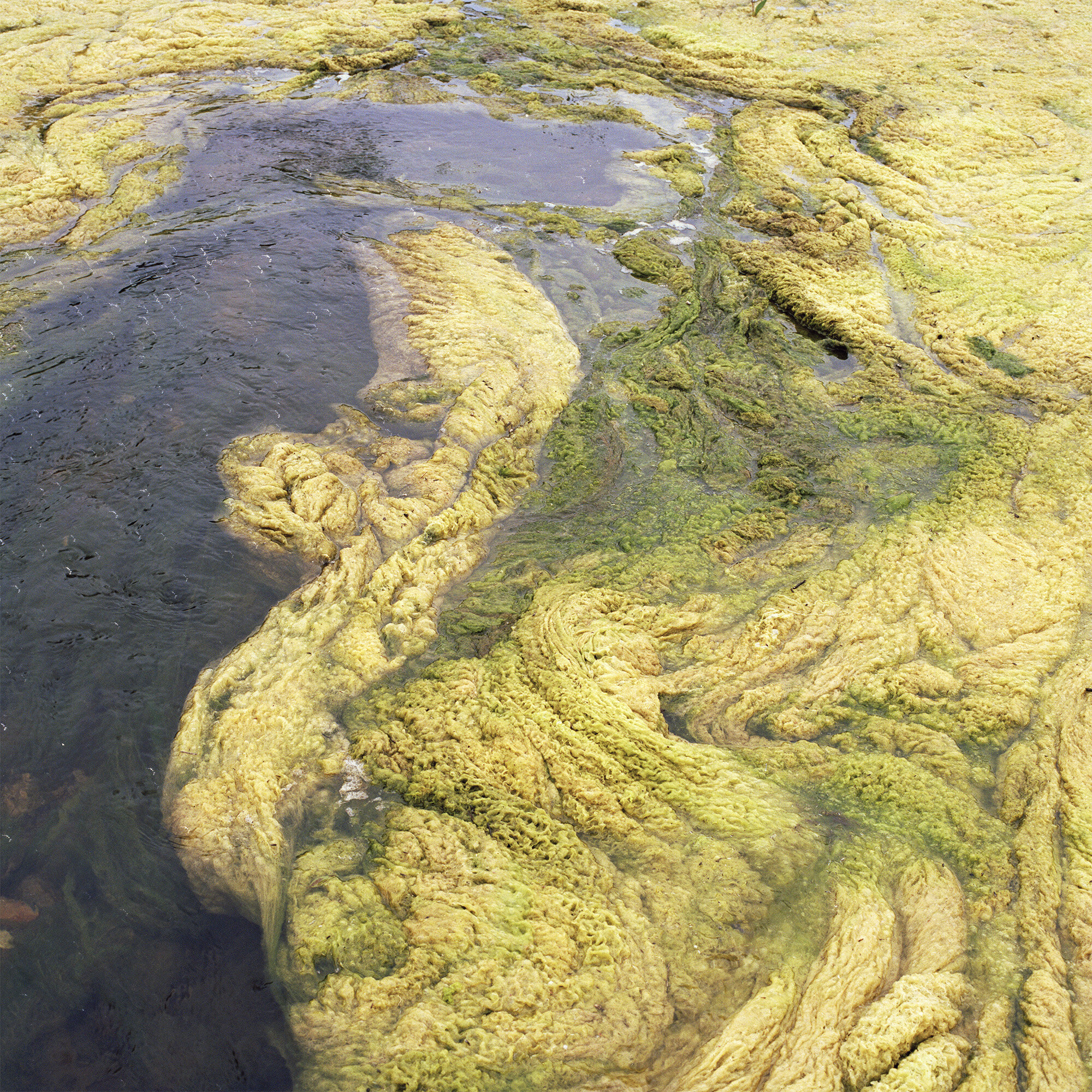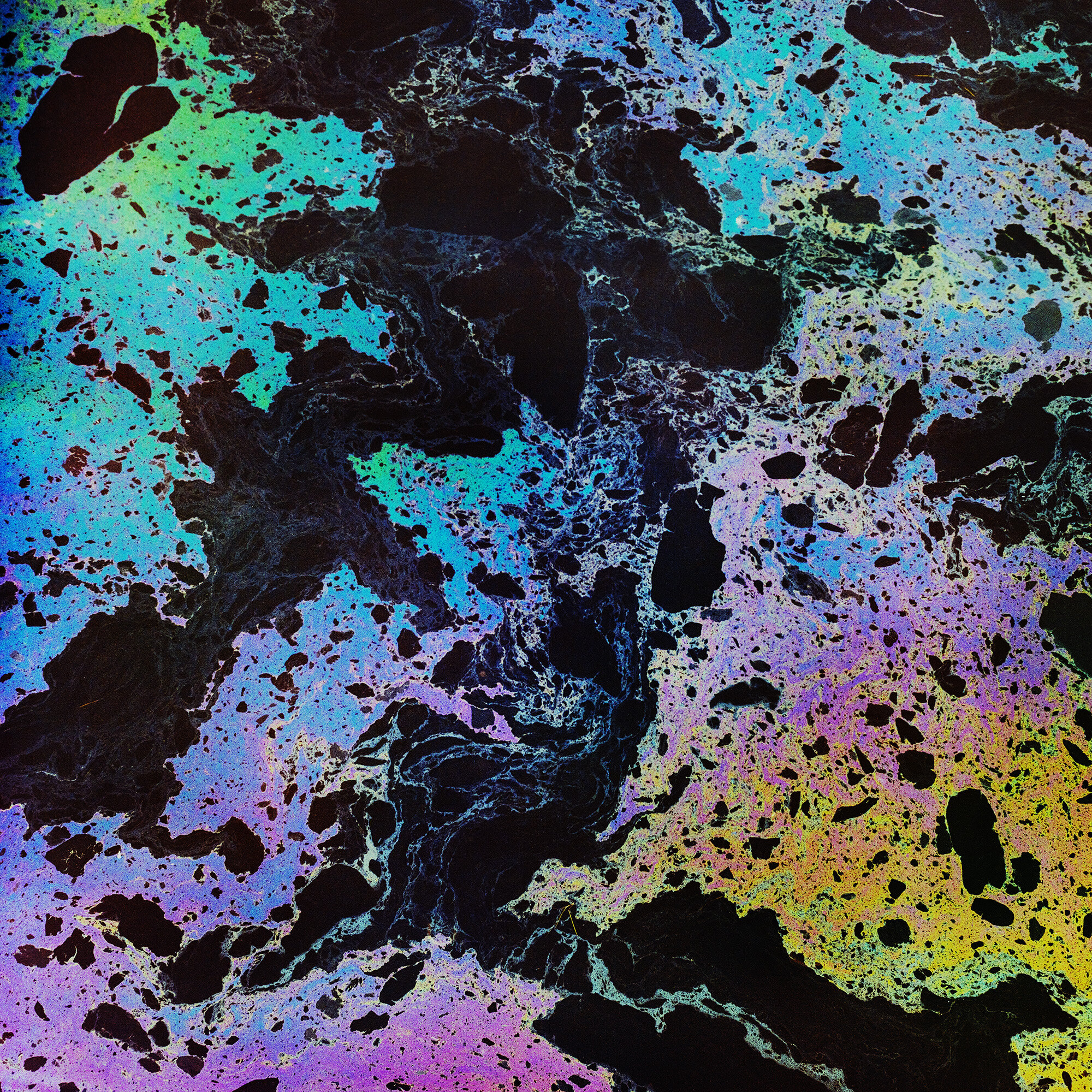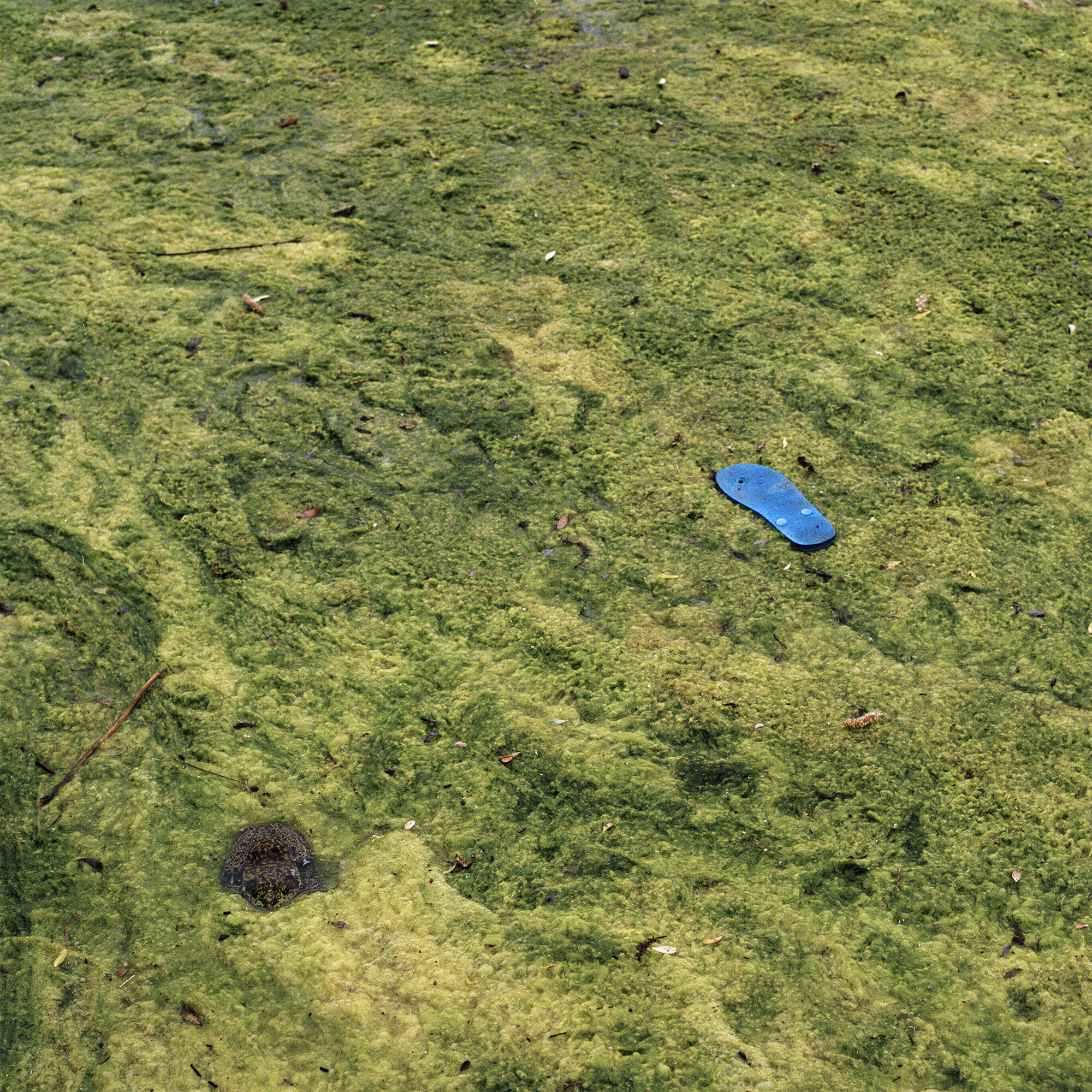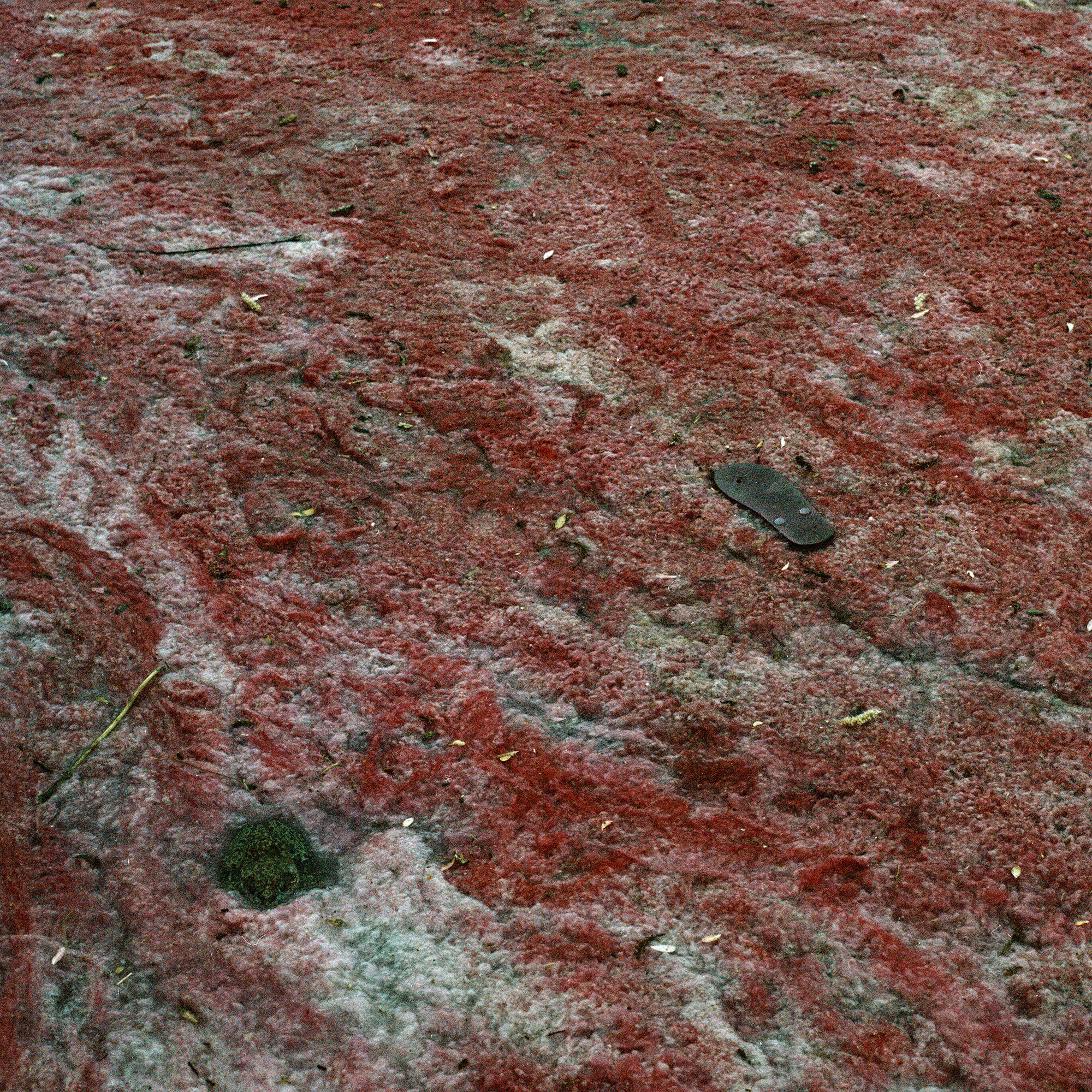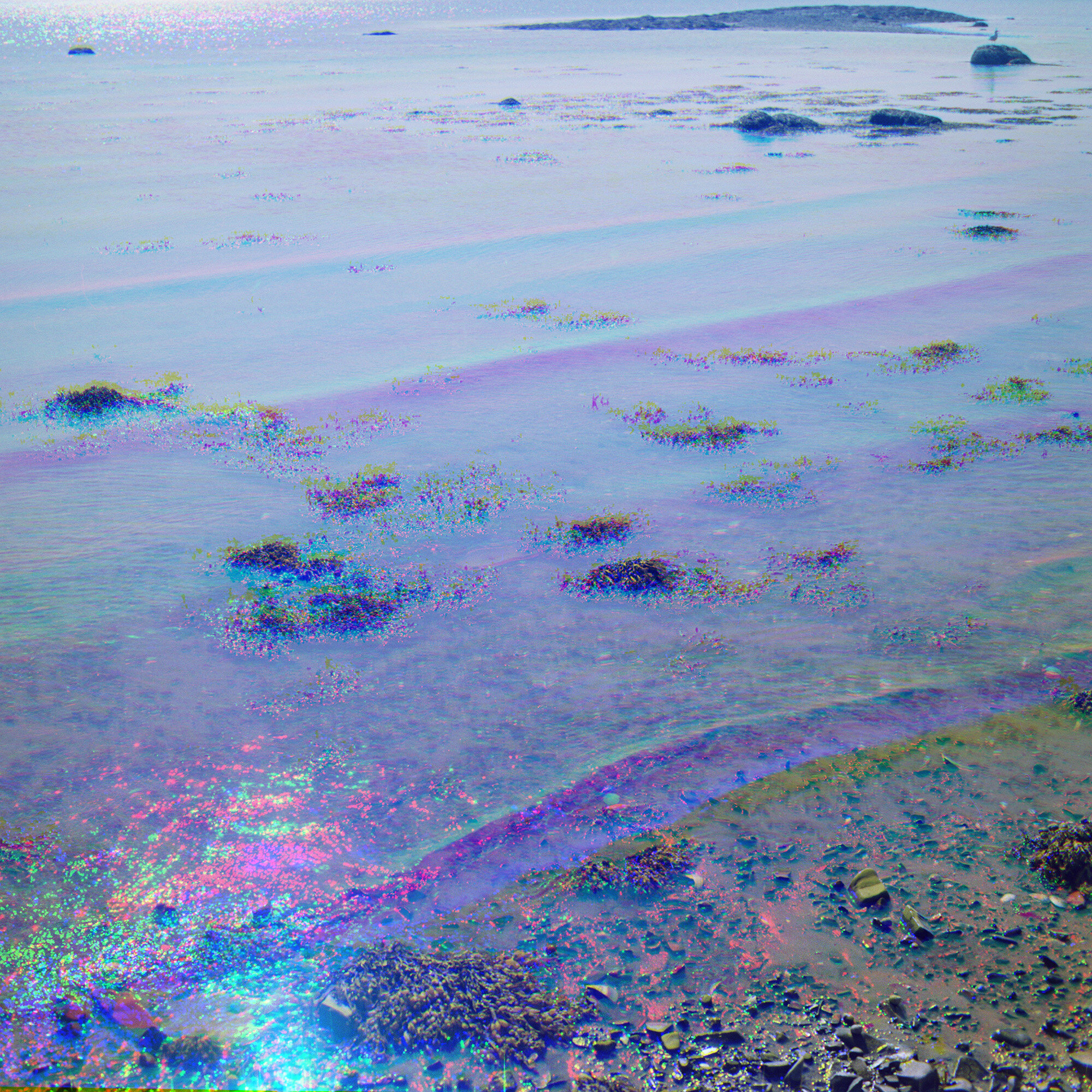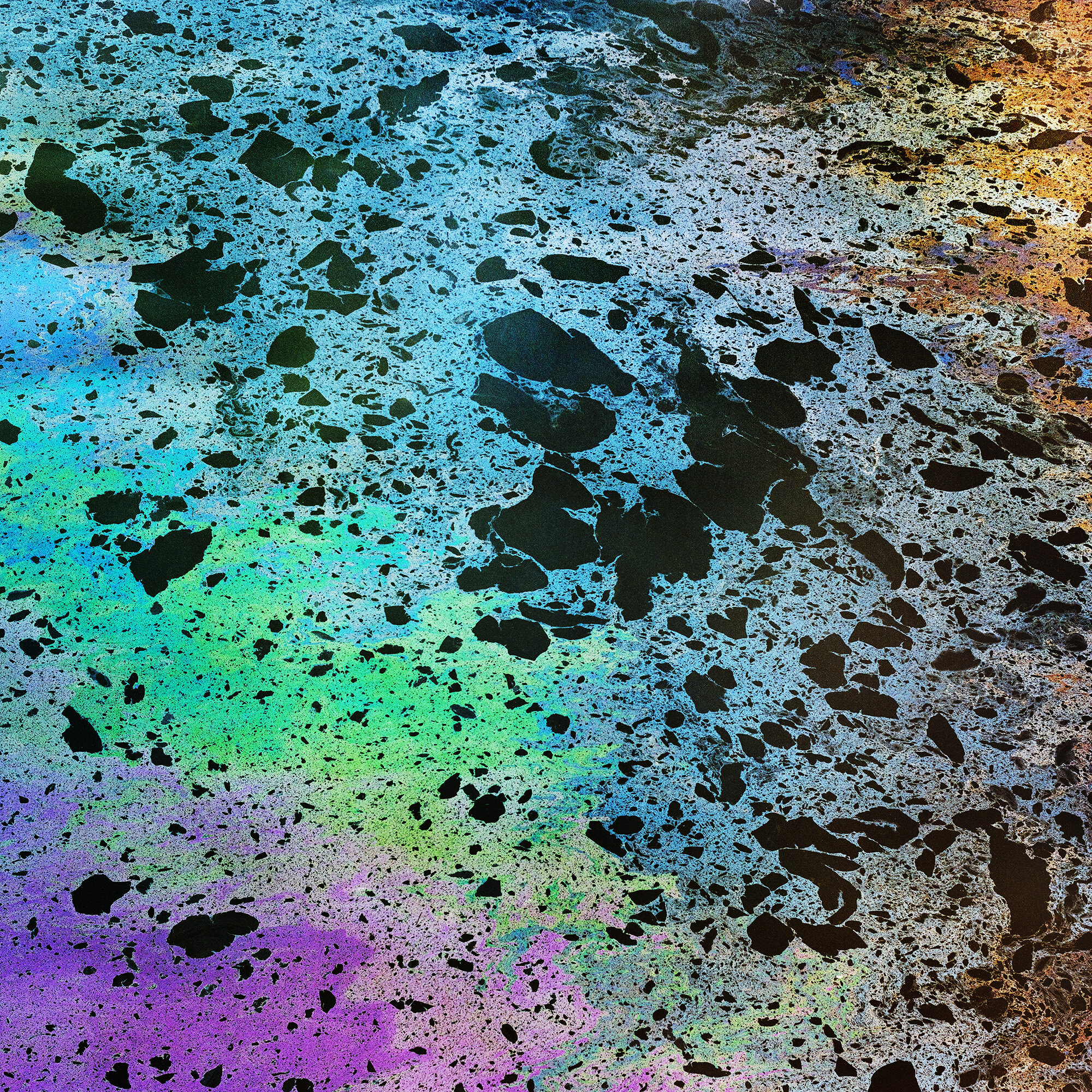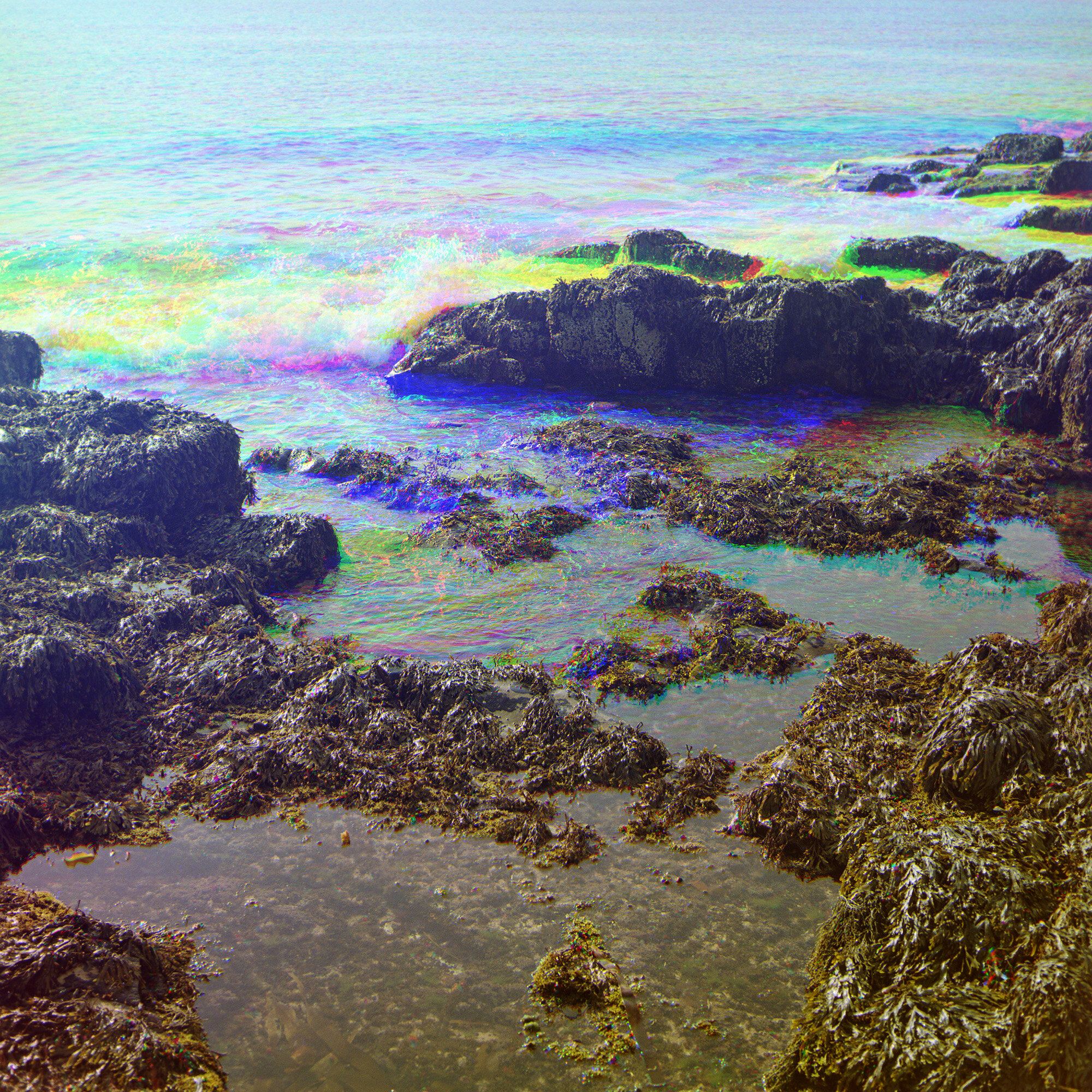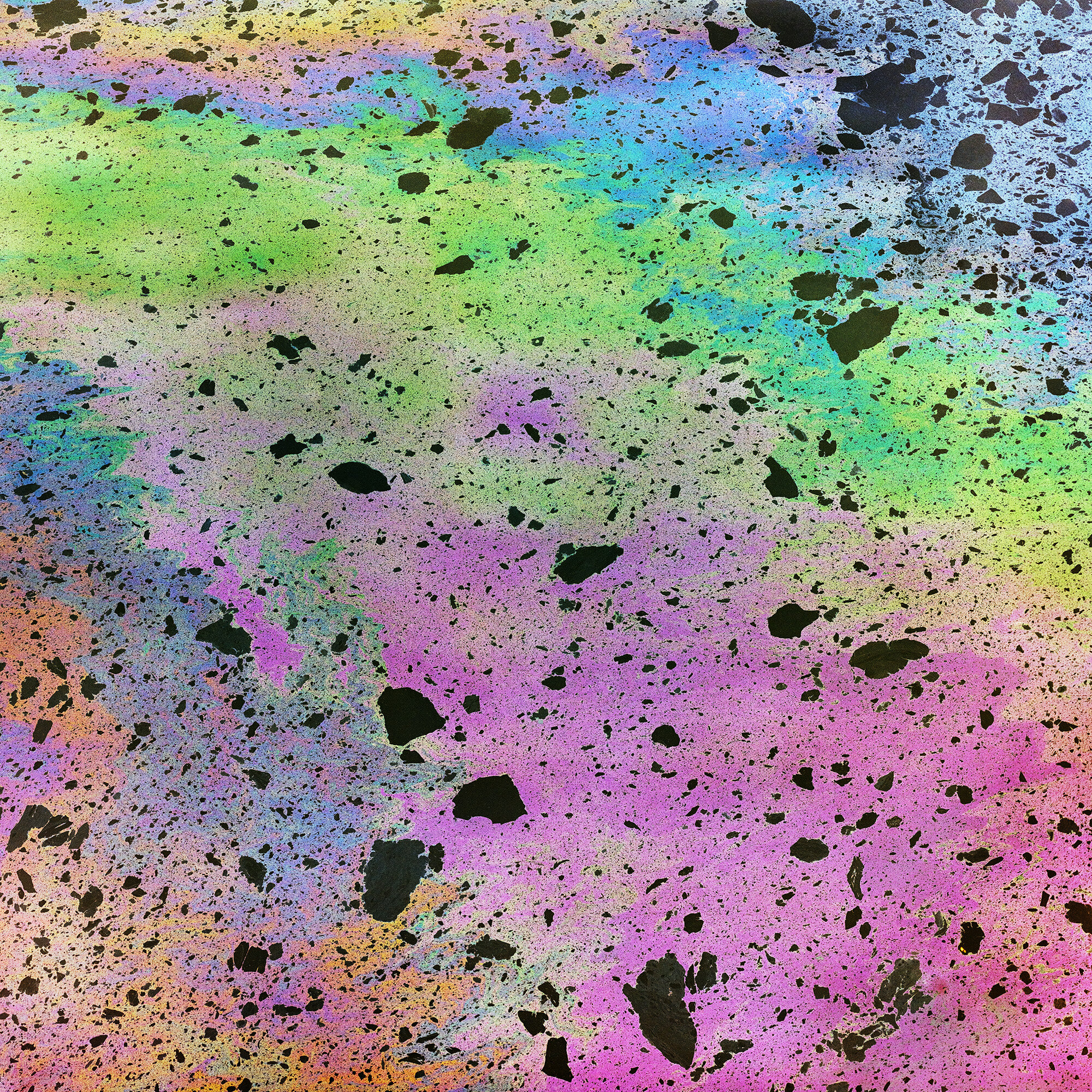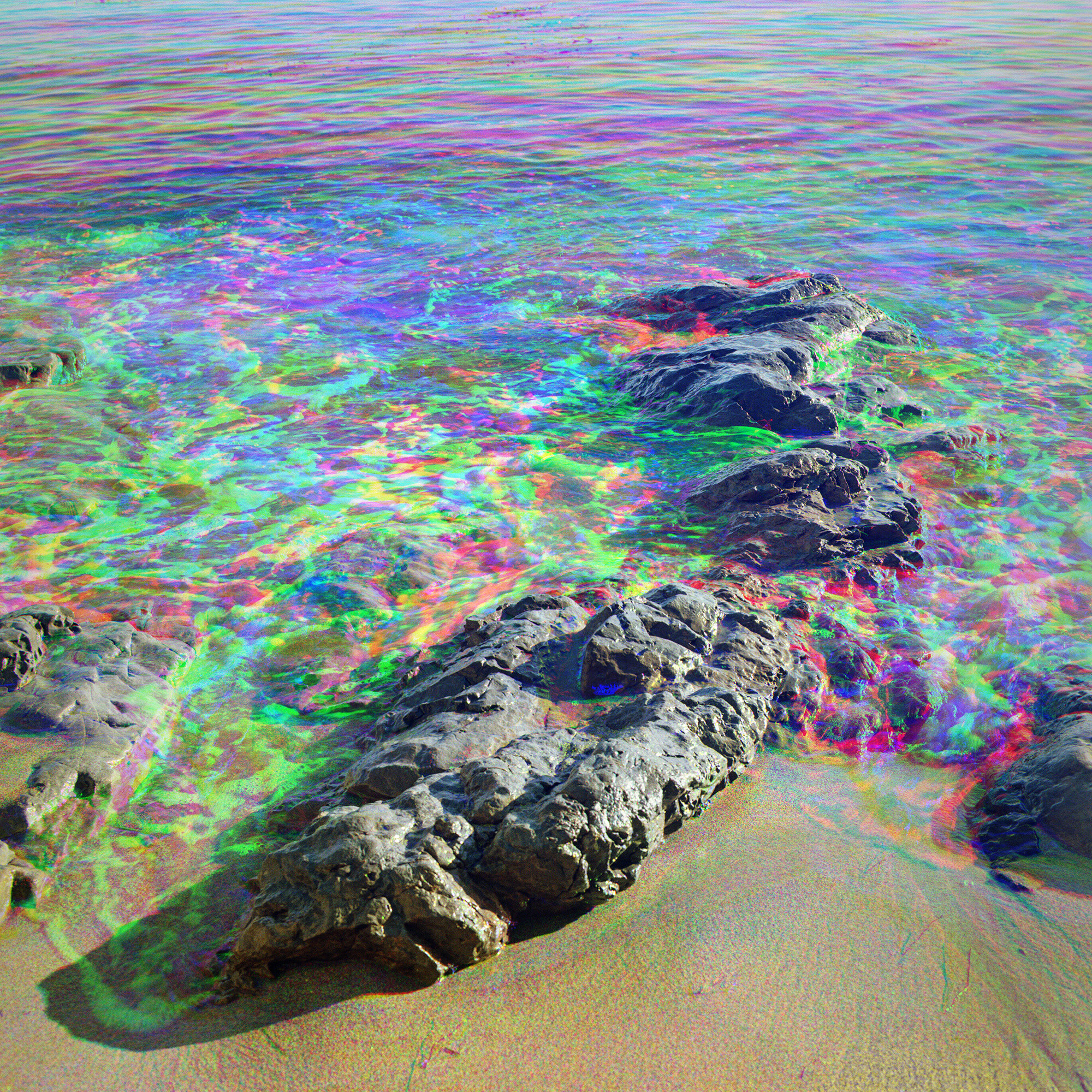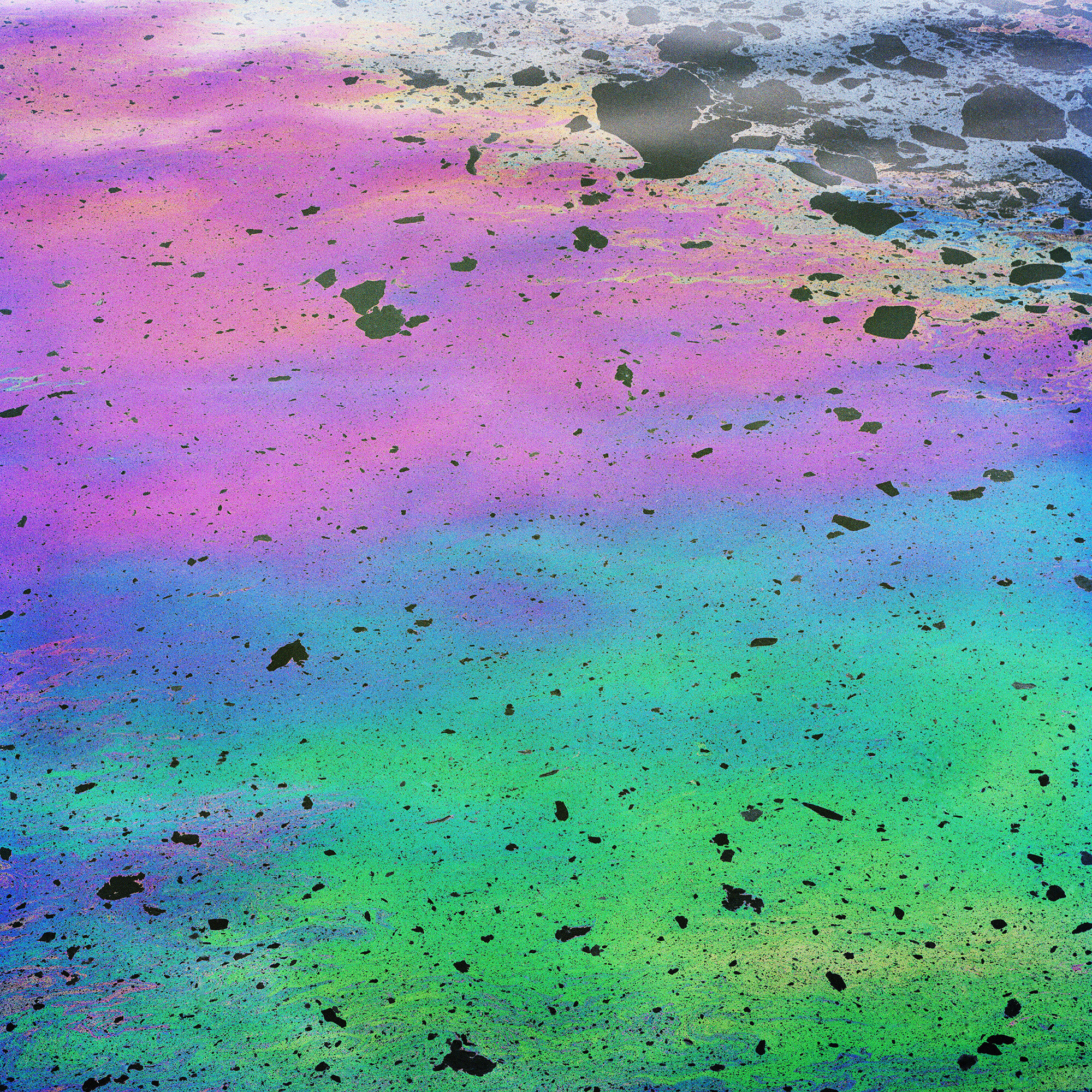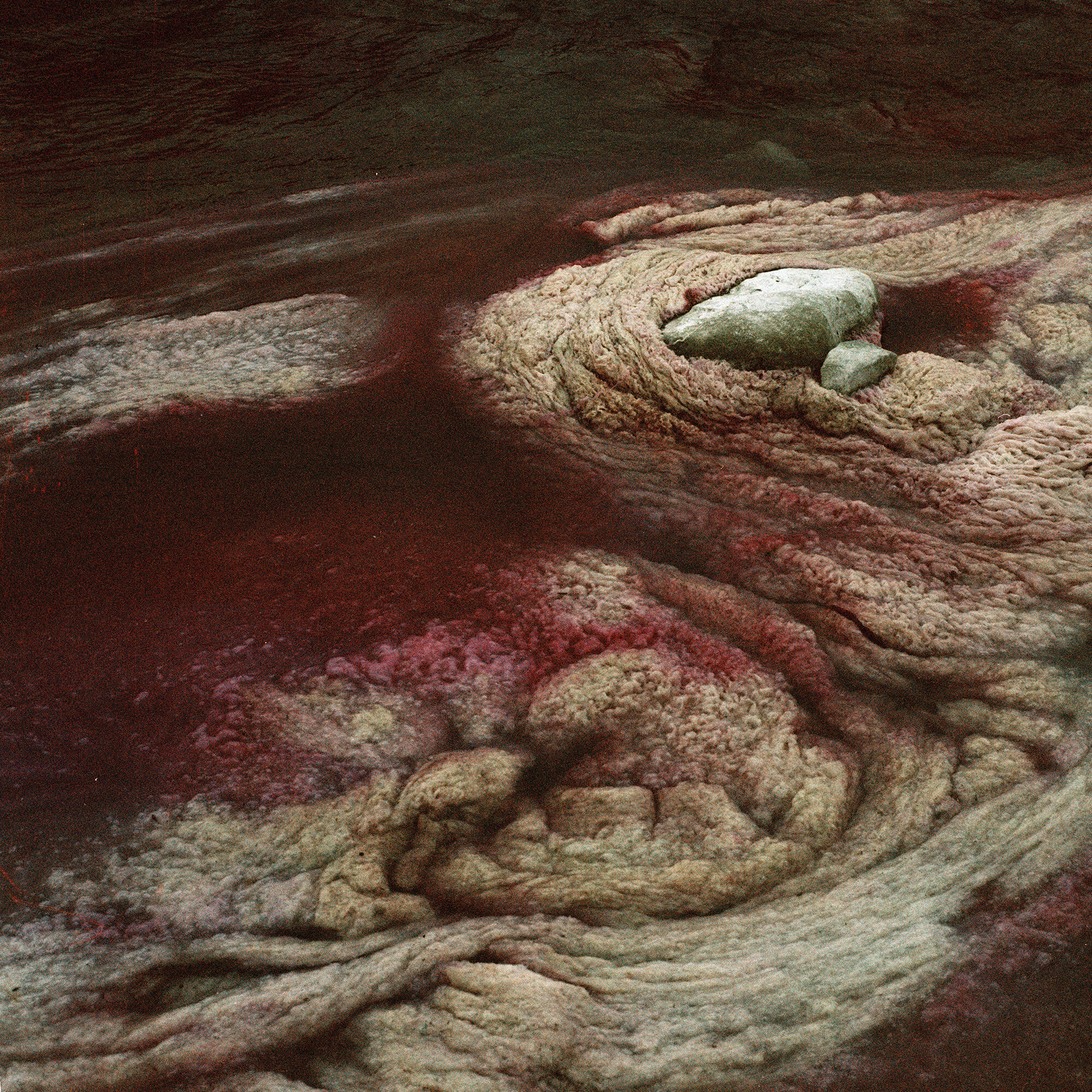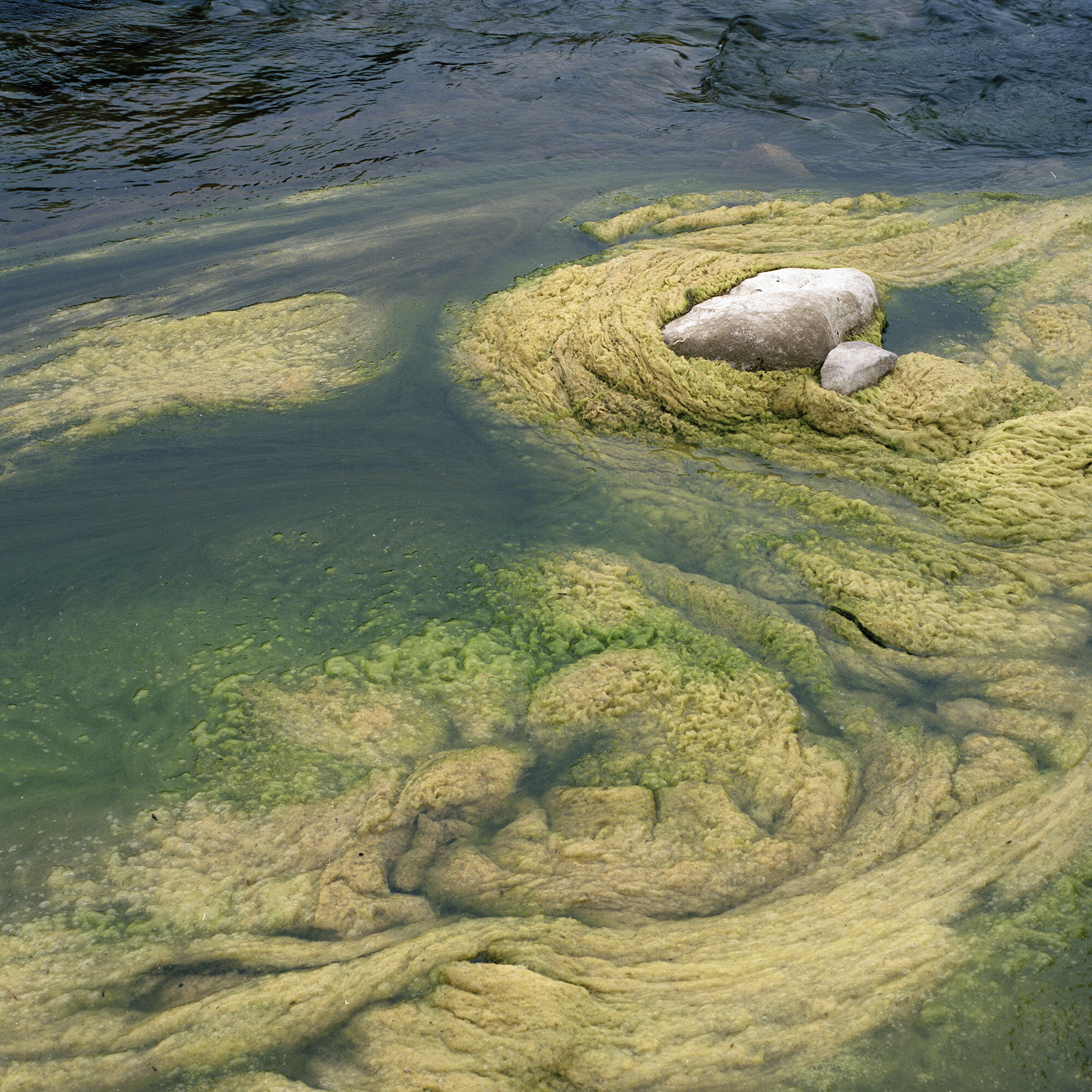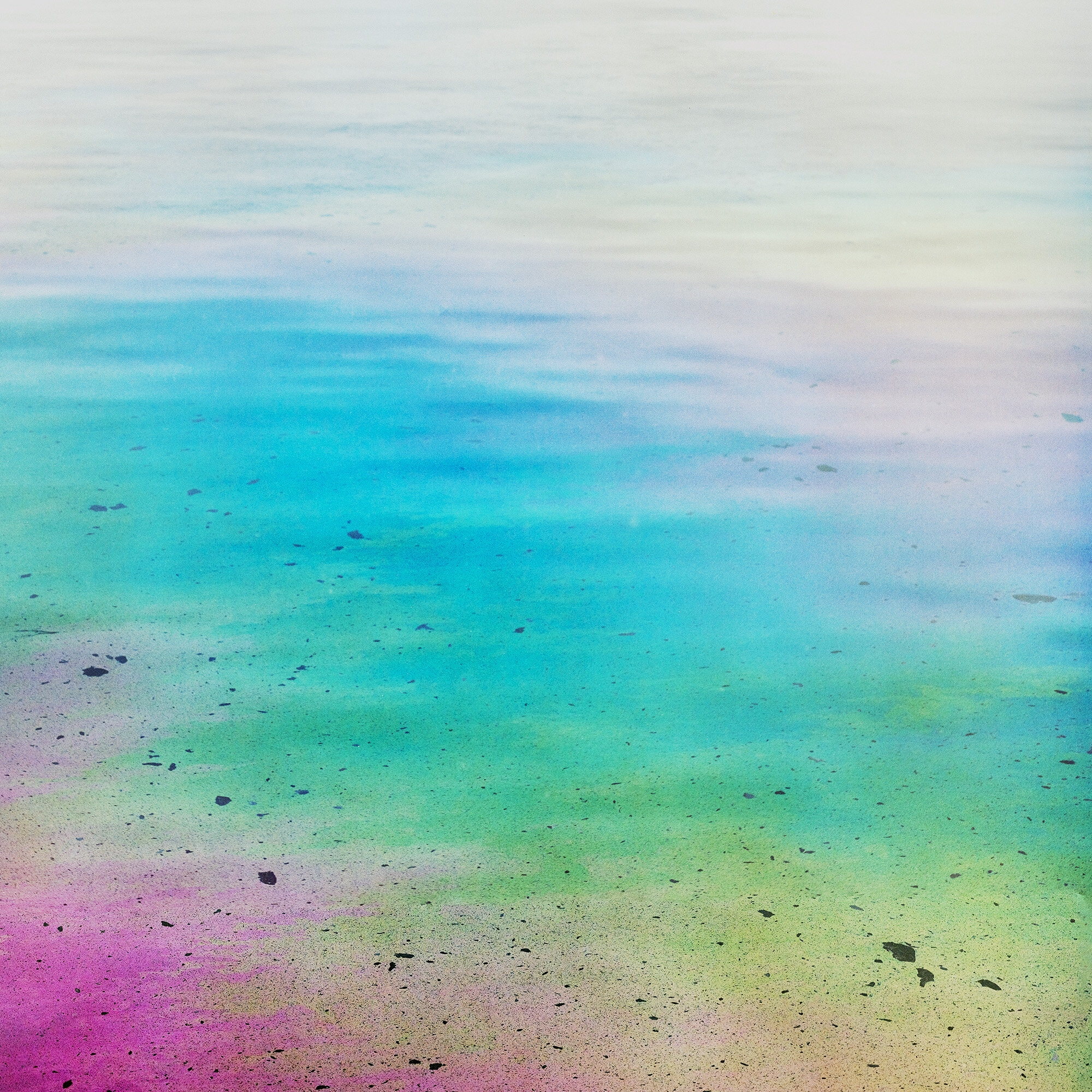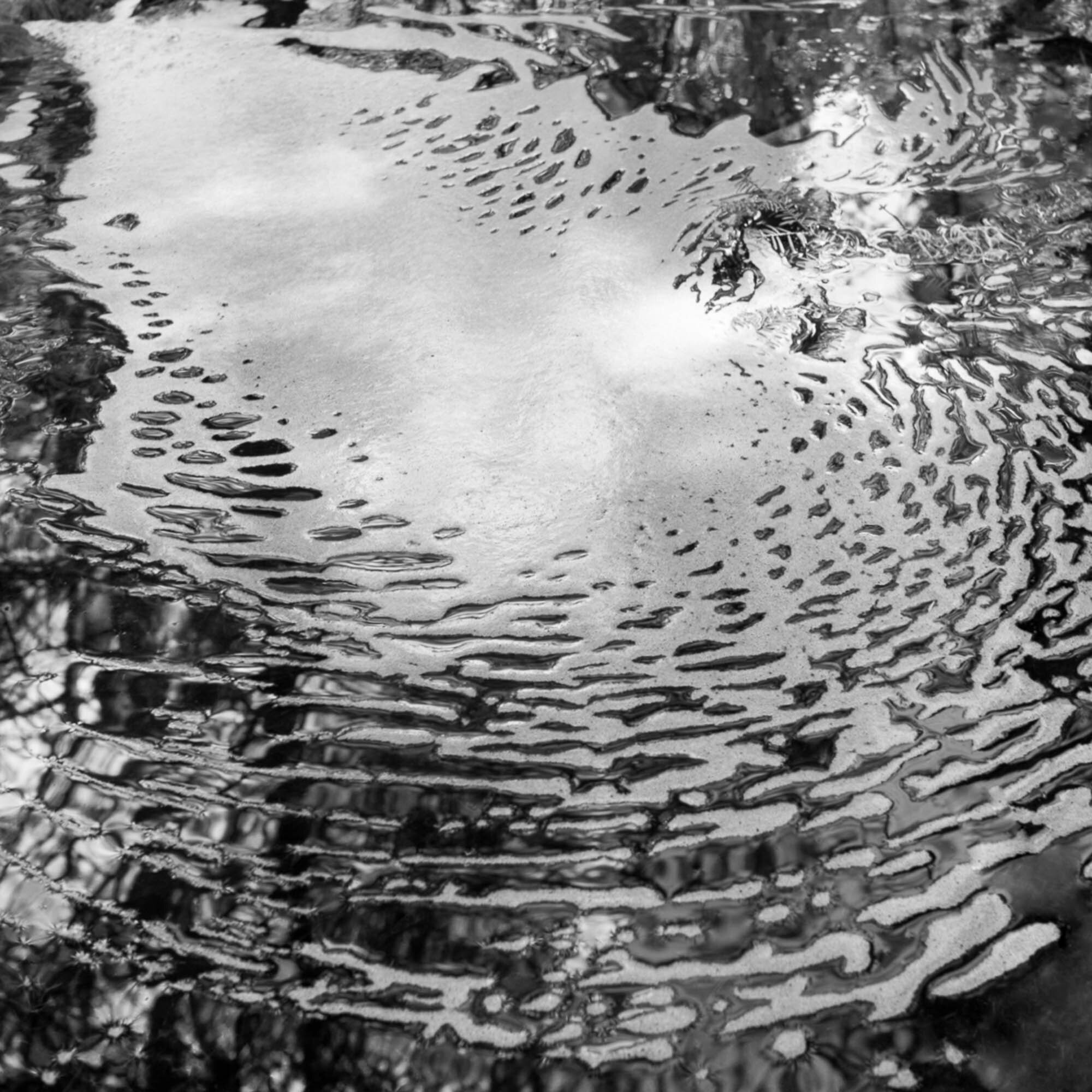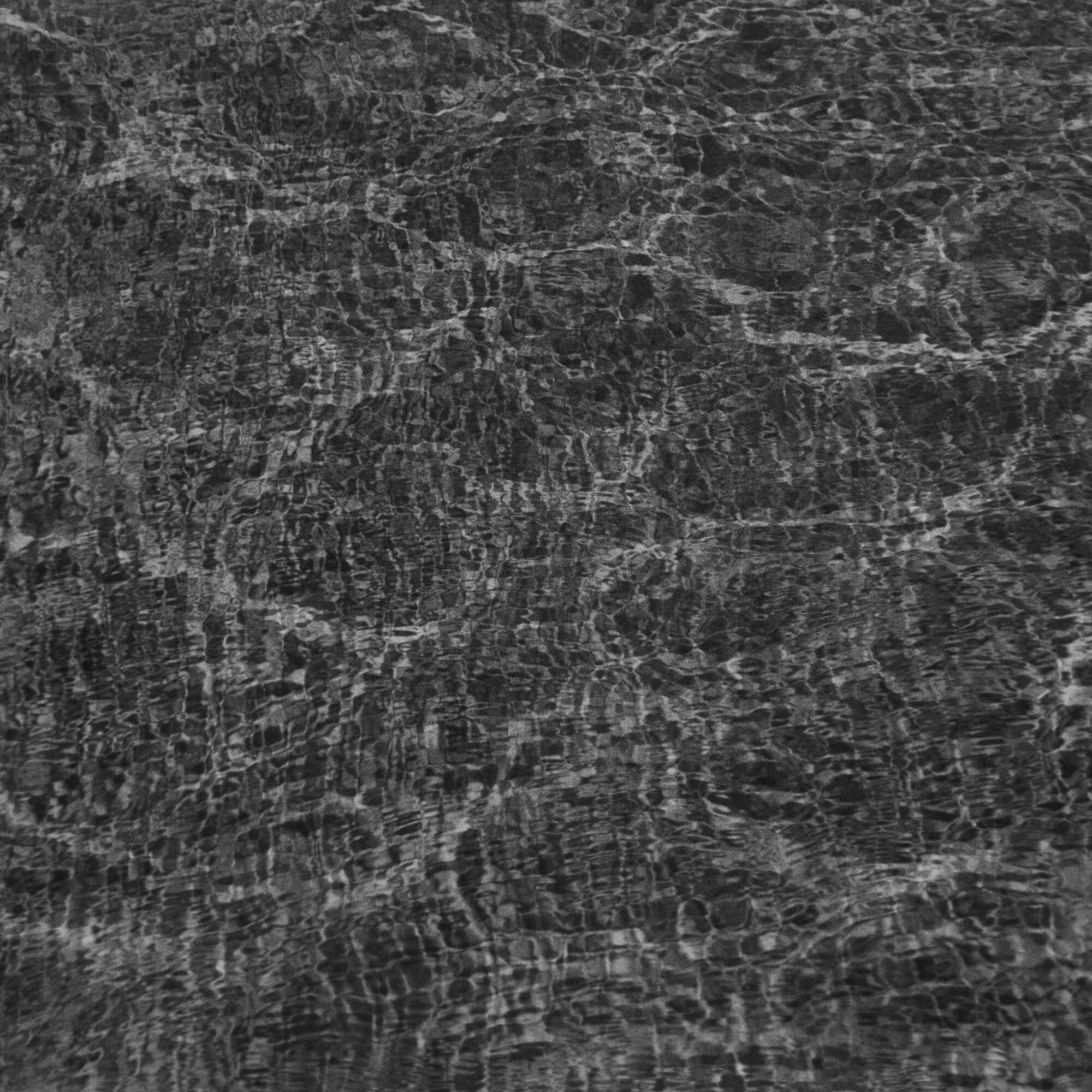I recently made a limited-edition artist book about that is a sustained consideration of what the first camera obscura images ever observed by prehistoric man might have looked like. I call the series Old Pictures from Paradise. My paradise is a tropical rainforest. A jungle full of dazzling biodiversity and impenetrable biomass—thick foliage, tangled vines, gnarled tree trunks. All of this life evokes an Edenic, primordial world where early humans first roamed (though scientific evidence is more complex, and certainly other environments, such as savannas, were also vital in human evolution).
I found myself in just such a place on a recent trip to a Central American rainforest. After I finished making the pictures I’d come for, I had a few sheets of 4x5 film left, so I pulled out my pinhole camera and used the film to photograph the leaves and branches of the jungle. It was so dense that only a sliver of sky could be seen (in a typical rainforest canopy, less than 5% of the sun’s light makes it to the forest’s floor). In this dark damp space and with the tiny aperture, the exposures took fifteen minutes.
As the film exposed, I found my thoughts drifting to human origins, and I wondered about the very first time someone saw a photographic image. Photography began with the camera obscura, literally a “dark room” with a small hole on one wall which light passes through to create an image on the opposite wall. It was first described in writing about 2500 years ago, but this photographic phenomenon was certainly observed even earlier. A tiny hole in a prehistoric hut might have created an image similar to the one I was exposing. It must have seemed like magic.
My photographs were soft and lush, capturing the rainforest without taking away that elusive feeling I found so compelling. The pictures showed a landscape between known and unknown. I dreamed of traveling to jungles around the world to make a series of photographs like this. But as I showed the images to a few friends and colleagues, again and again another artist’s name came up—Thomas Struth. His series New Pictures from Paradise featured screens of green and tangled growth remarkably similar to my own compositions.
To make his photographs, Struth visited jungles around the world. Unlike my soft pinhole images, though, his are amazingly sharp and detailed (and printed at almost life-size). This scale and clarity, two hall- marks of the work of Struth’s cohort of photographers from the Kunstakademie Düsseldorf, push the bounds of photography’s potential as an analytic tool. Yet Struth sites incredibly varied influences to make this series—from what he saw as the Maya relationship to the jungle and “Der Deutsche Wald” (The German Forest) to Japanese gardens and even his practice of Tai Chi—all while striving to make images that he has called ahistorical and with a non-hierarchical structure.“I wanted to make photographs in which everything was so complex and detailed that you could look at them forever and never see everything,” Struth claims.
Yet while I was standing in a gallery surrounded by his impeccable and monumental prints, I could only think of photography’s failure: all this clarity, and still just a mere shadow of the feeling one gets in an actual rainforest. Seeing the white walls beyond in combination with the
dry climate-controlled air of the gallery, I found the stillness of Struth’s images jolting. His odd blend of precise measurement and vague mysticism left me feeling befuddled. I was struck by how hard it is to find wilderness on a planet full of over seven billion humans (and interestingly, most of Struth’s images aren’t of pristine old growth forest, but secondary growth likely the result of human impact on the landscape).
Rather than ignore Struth’s remarkable series, I chose to use it for my own series. I re-photographed all thirty-six of his New Pictures from Paradise with a pinhole camera onto fast medium-format film (which calls attention to the photographic emulsion). This appropriation takes what Struth made so precise and monumental and reimagines it as intimate and mysterious. The blurring simplifies the forest’s complexity, yet this simplification makes the images even more inscrutable. Beyond Struth and the Kunstakademie Düsseldorf, this technique of appropriation deliberately engages another critical photographic context of the last forty years: the Pictures Generation.
Photographers of the Pictures Generation, reflecting on a postmodern world saturated by mass media, are known for their use of appropriation to challenge notions of authorship and cultural tropes. For example, in her series After Walker Evans, Sherrie Levine re-photographed an iconic catalog of Evans’s work, and in so doing, presented a commentary on the commodification of the art object. Similarly, Richard Prince reclaimed the iconic landscapes of the American West from Marlboro cigarettes by appropriating their advertisements. My use of another artist’s work serves to blur my own authorship as I try to return these images to the unknown prehistoric human who first observed photography. My gesture is an attempt to “unclaim” paradise or “uncommodify” wilderness, while recognizing this as an impossibility.
This series is a reflection on the elusiveness of the unknown in today’s hyper-documented world. Certainly, my shift from sharp to soft photographs is not new. It has been playing out throughout the history of photography. This back-and-forth seems at odds with the preoccupation for innovation in the medium, whether through changes in technology or in the ways we think about photographic images (and evidenced by the cultural obsession with progress seen in the countless exhibitions and series that, like Struth’s, continue to claim “new” in their titles). Yet our use of the camera is also ever more nostalgic: a tool to express longing and desire as well as to create mementos of the past. It is within this tension that these images dwell. I am trying to conjure a mystery and magic that toggles between past and future while traversing the tightrope of both the analytic and expressive potential of the medium.

